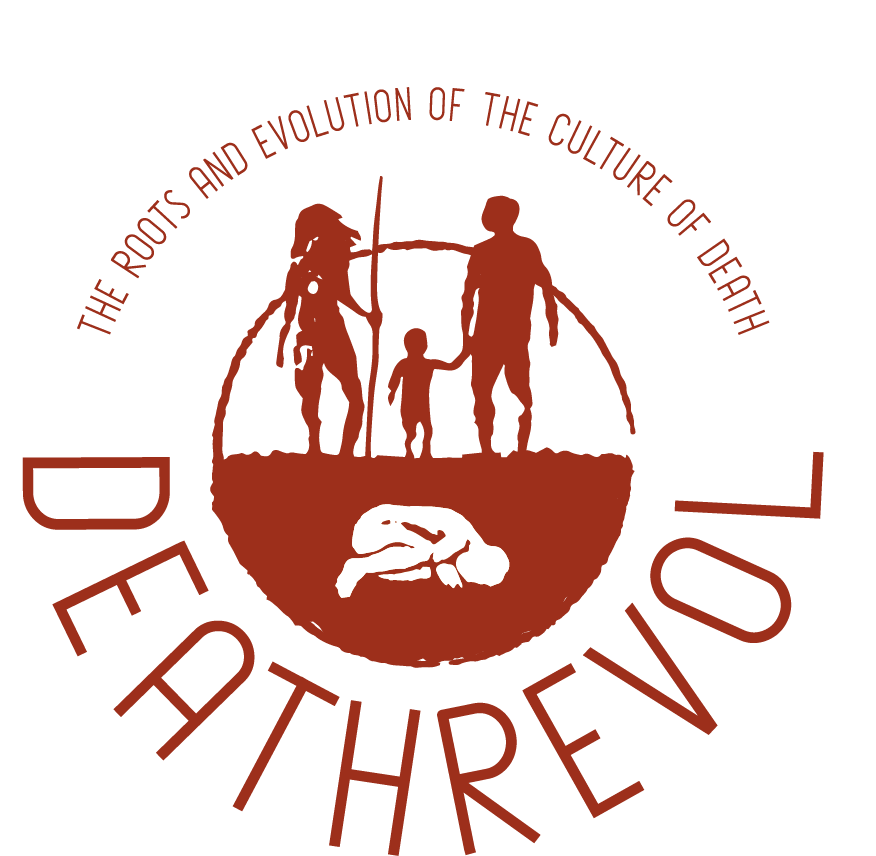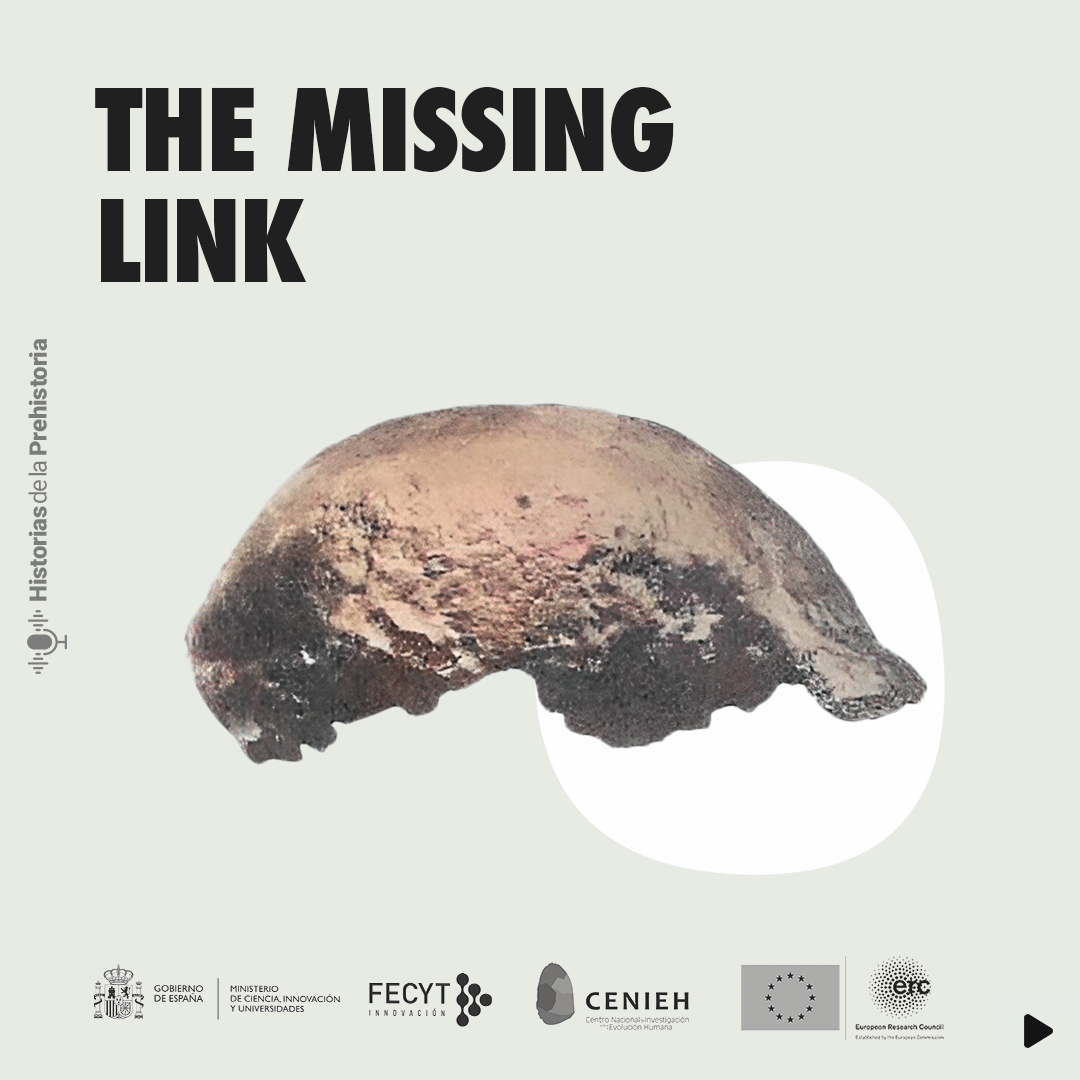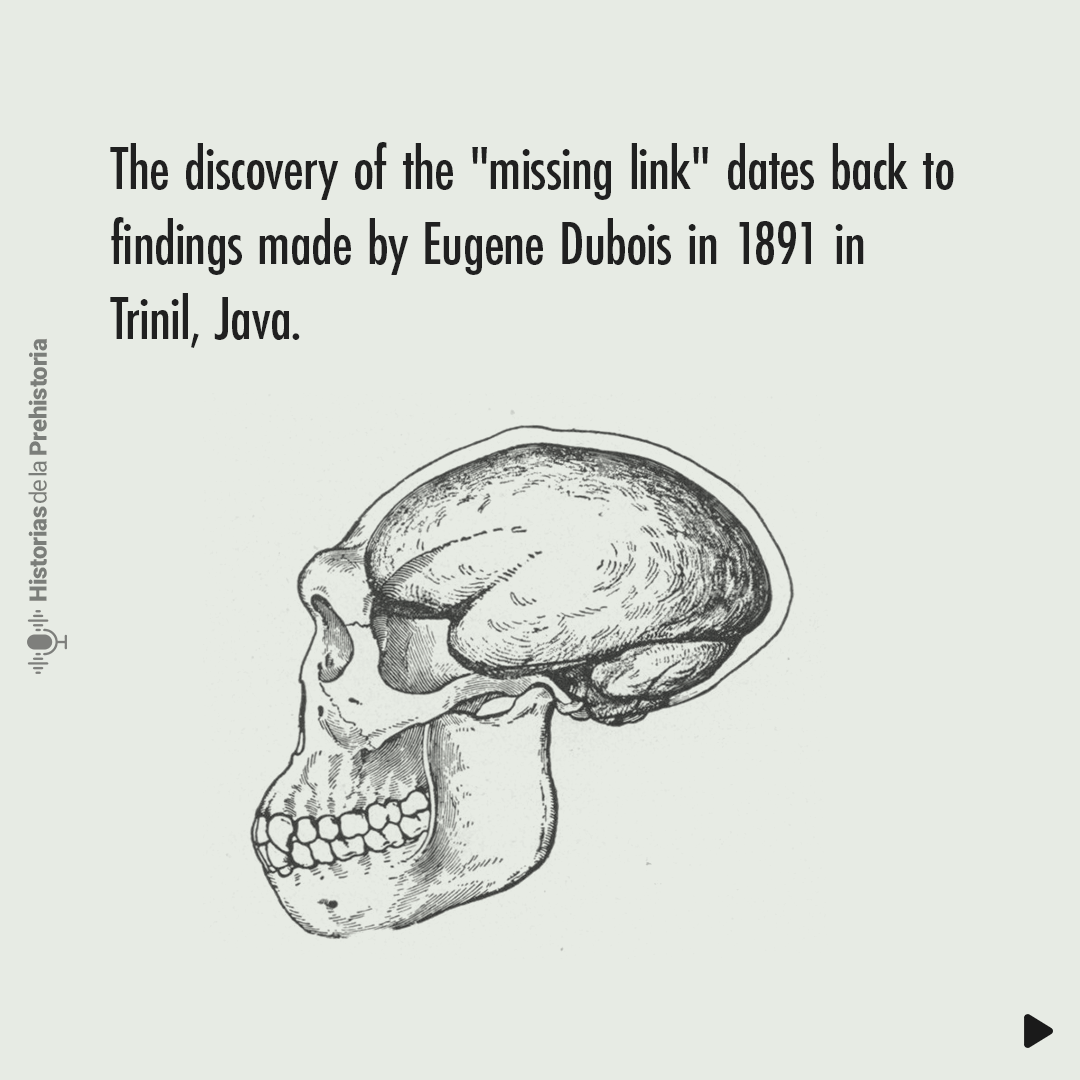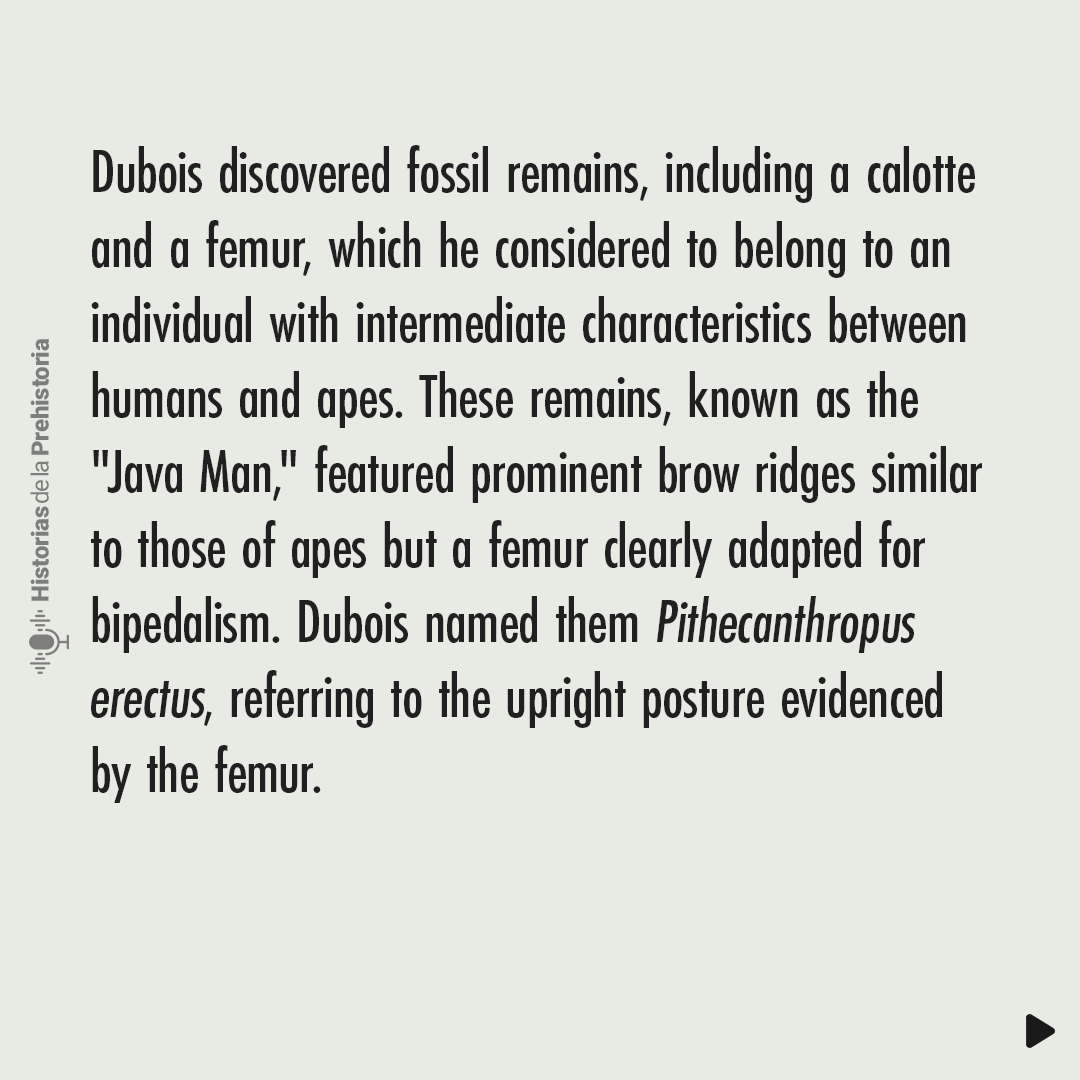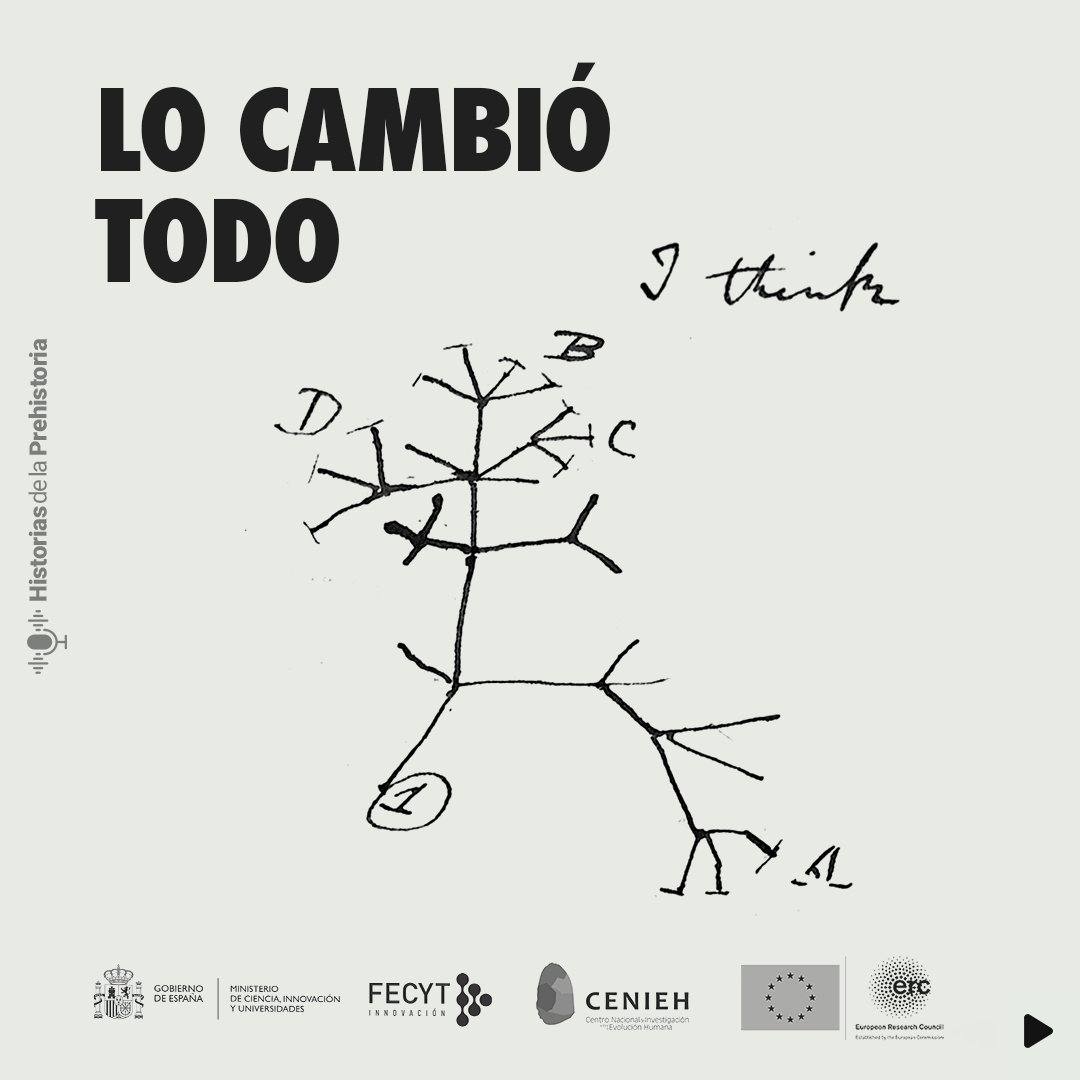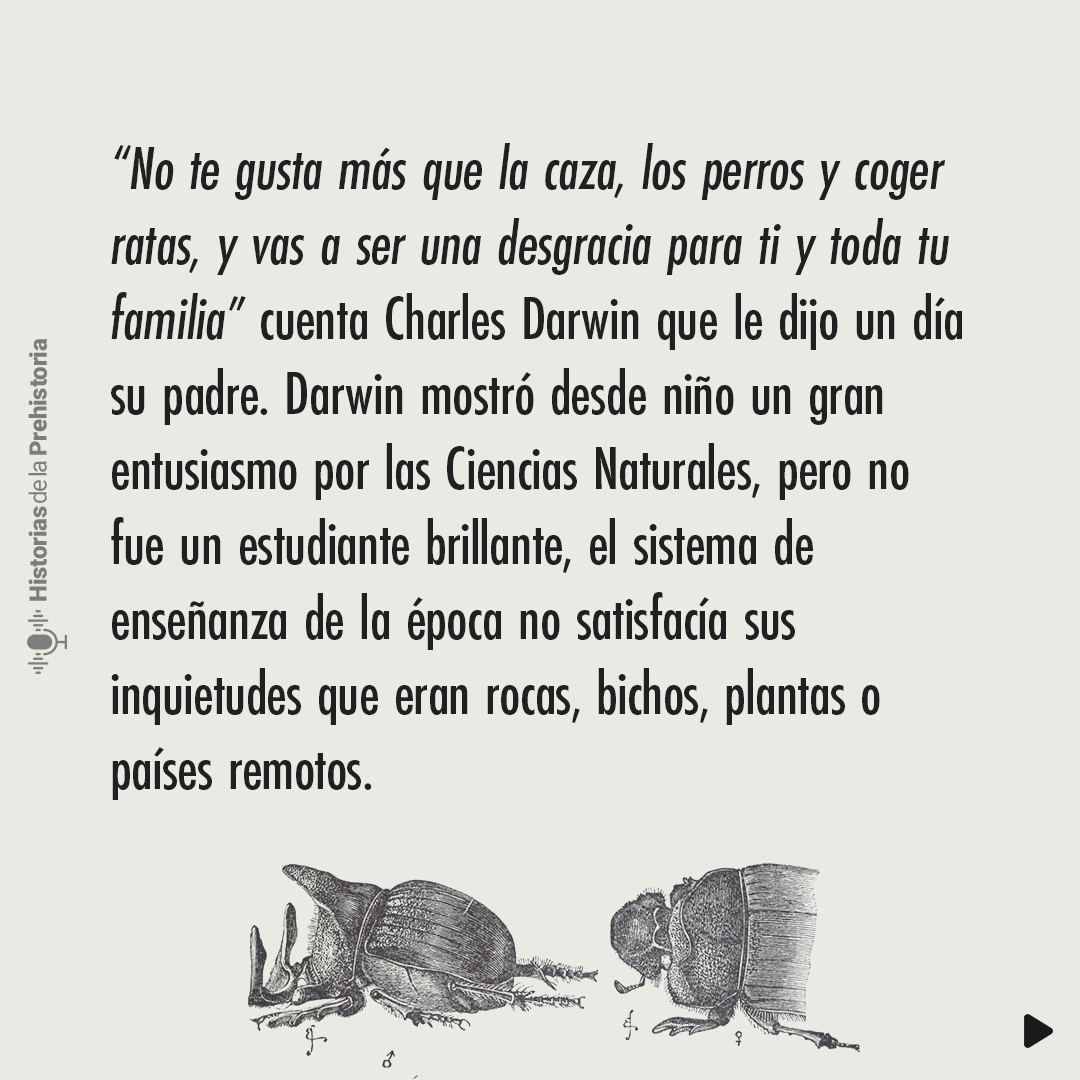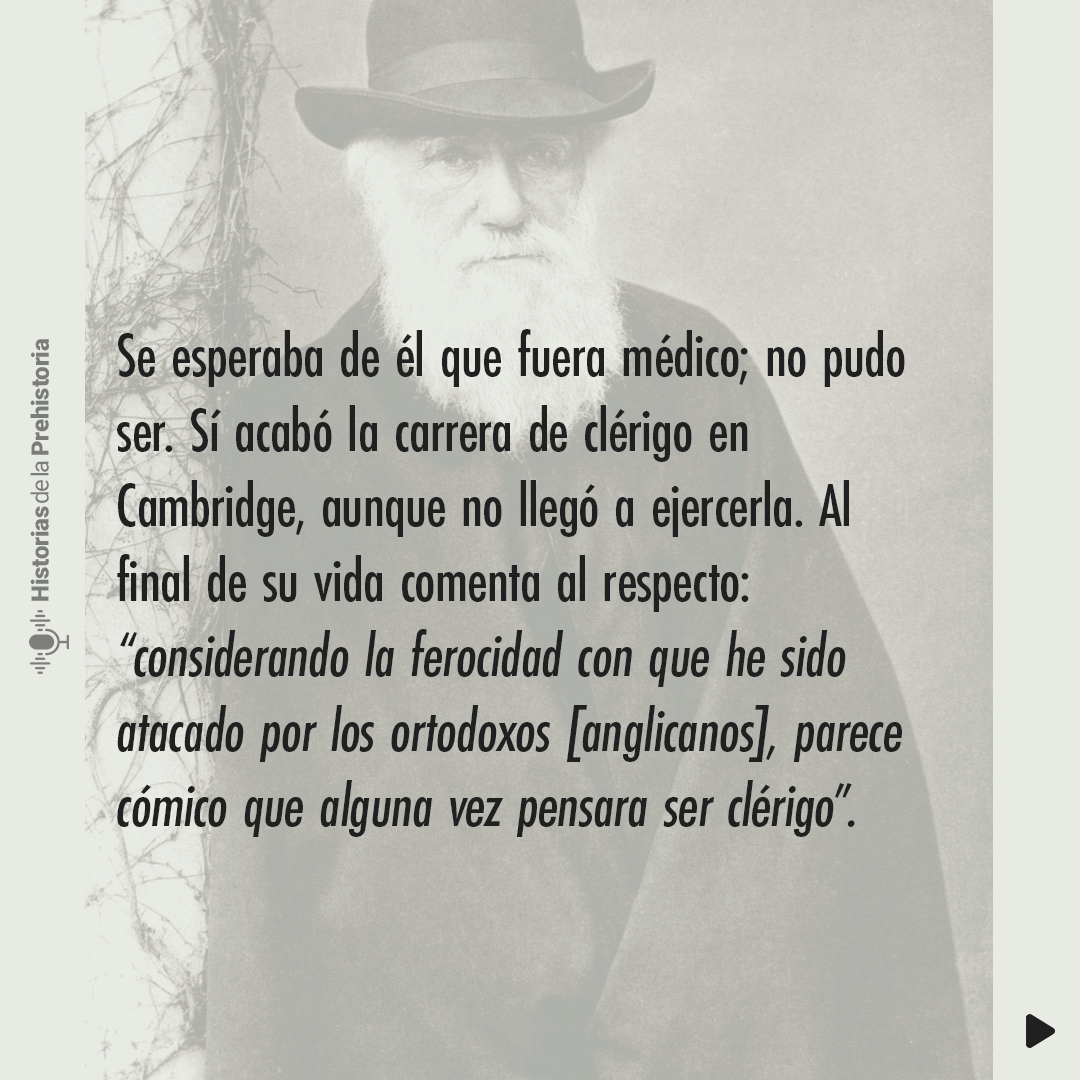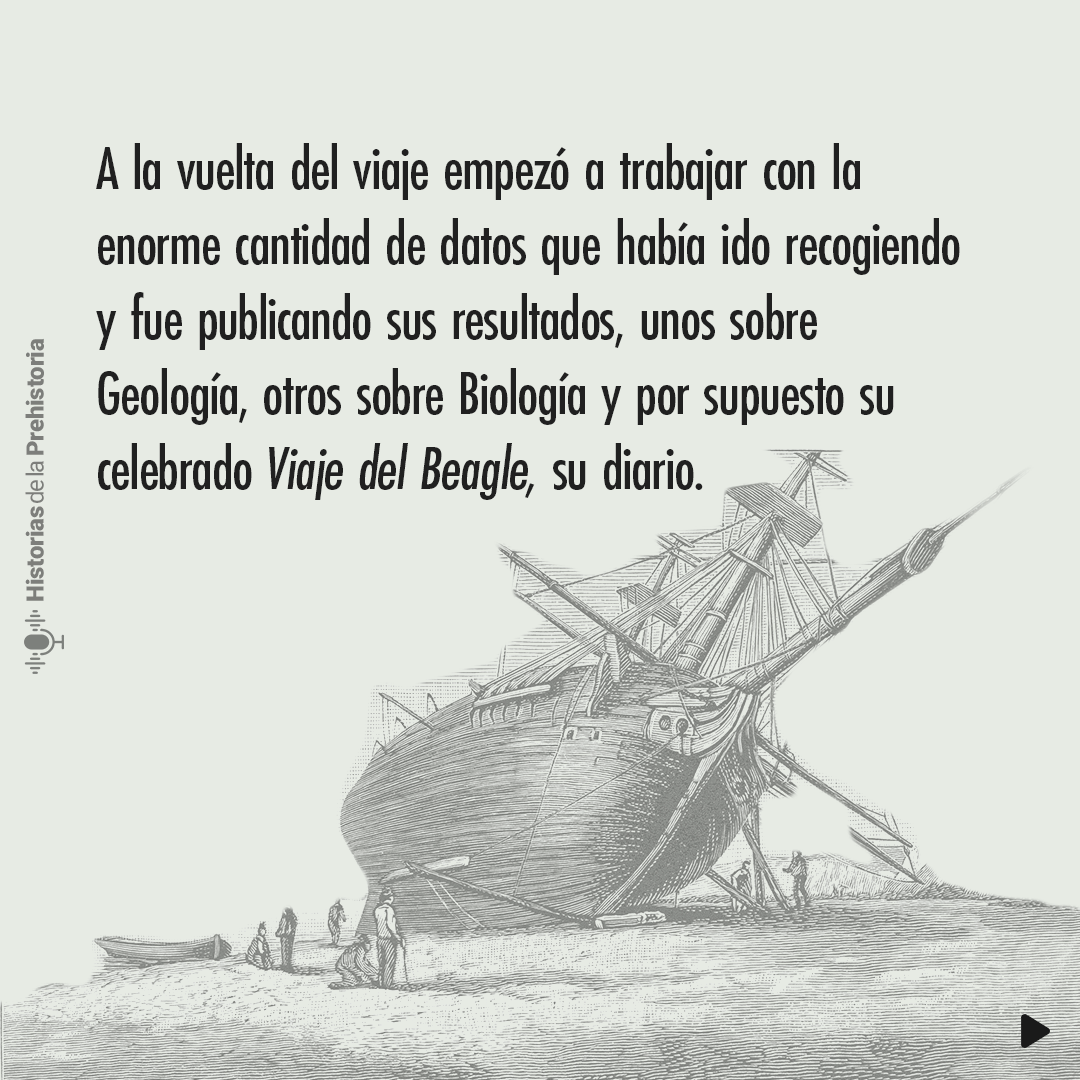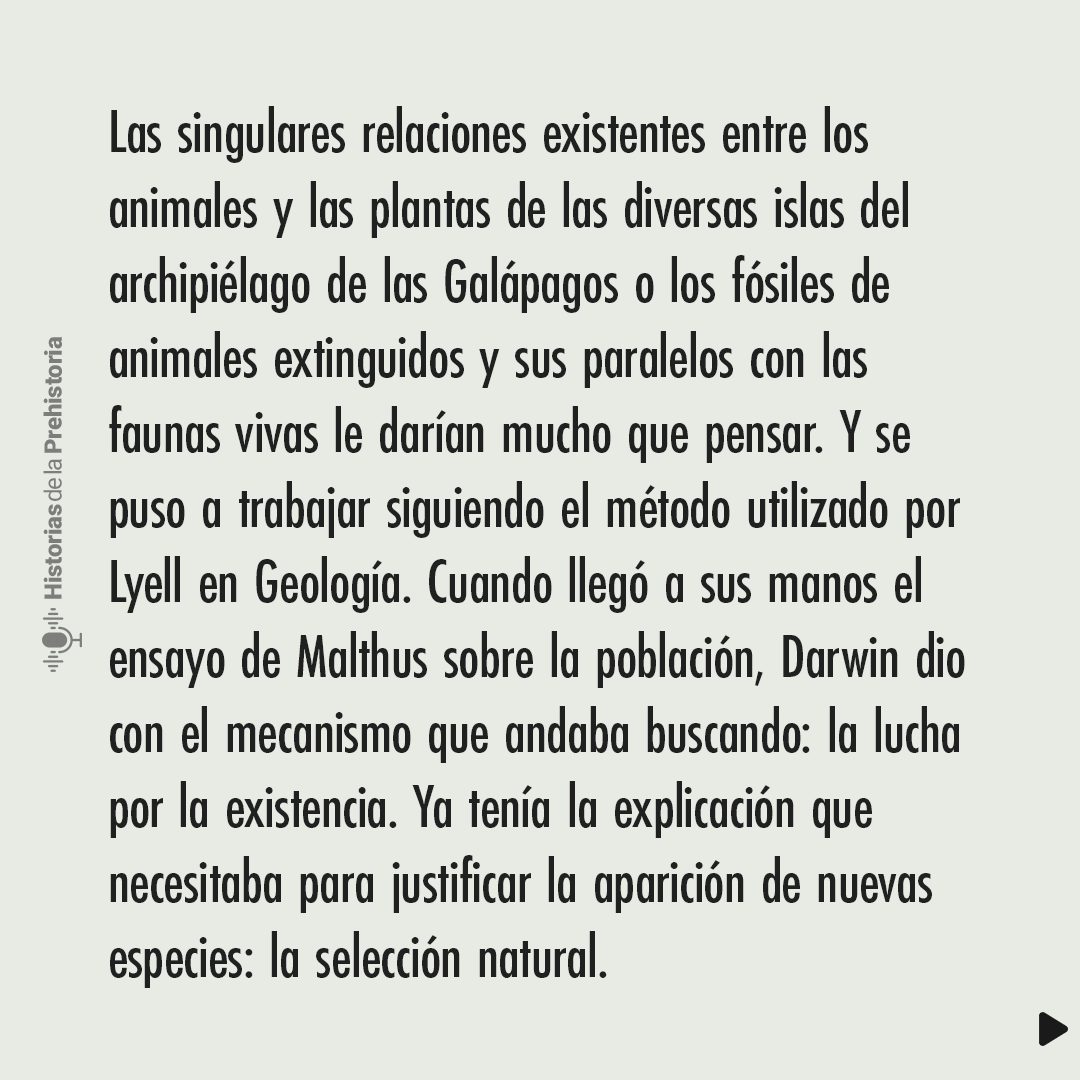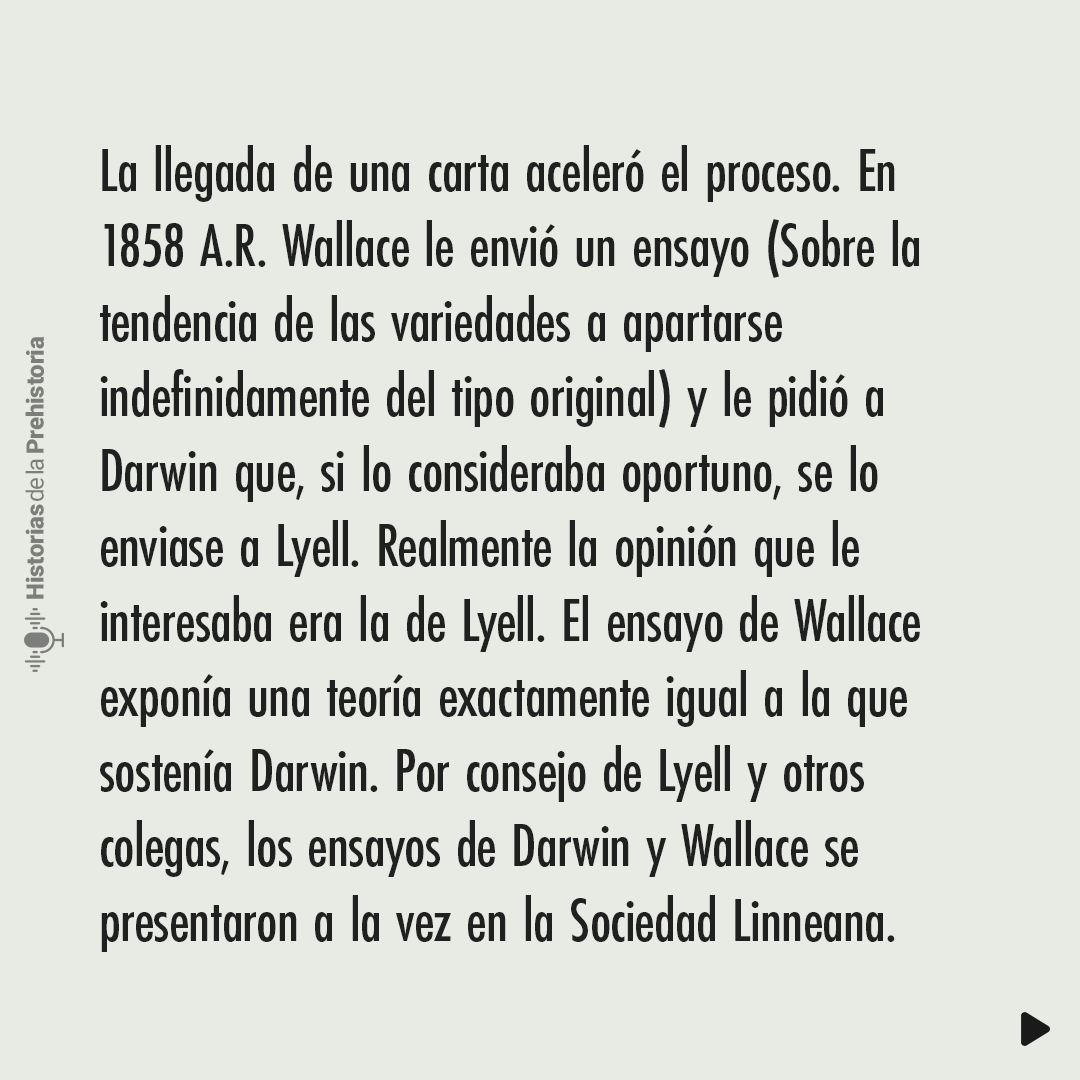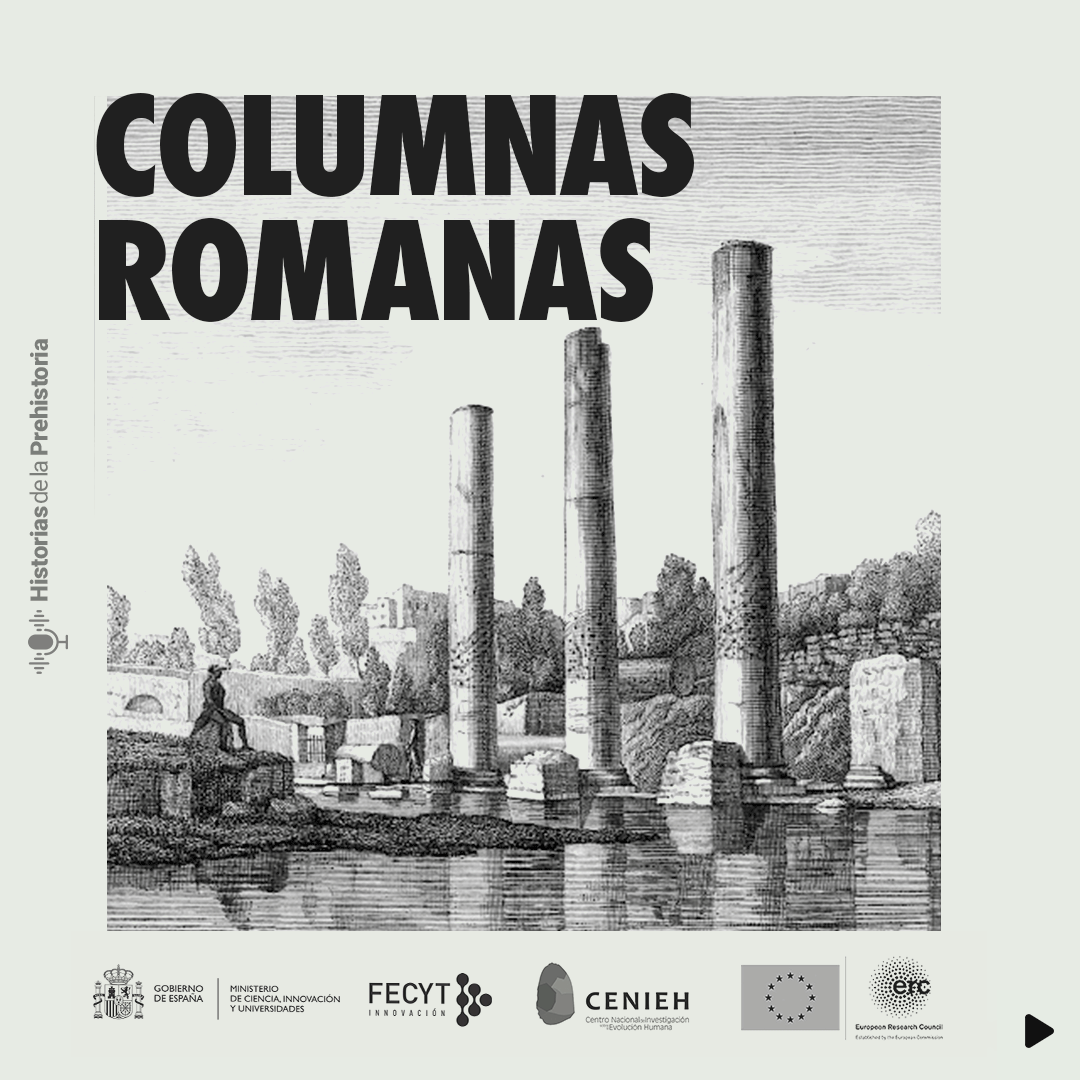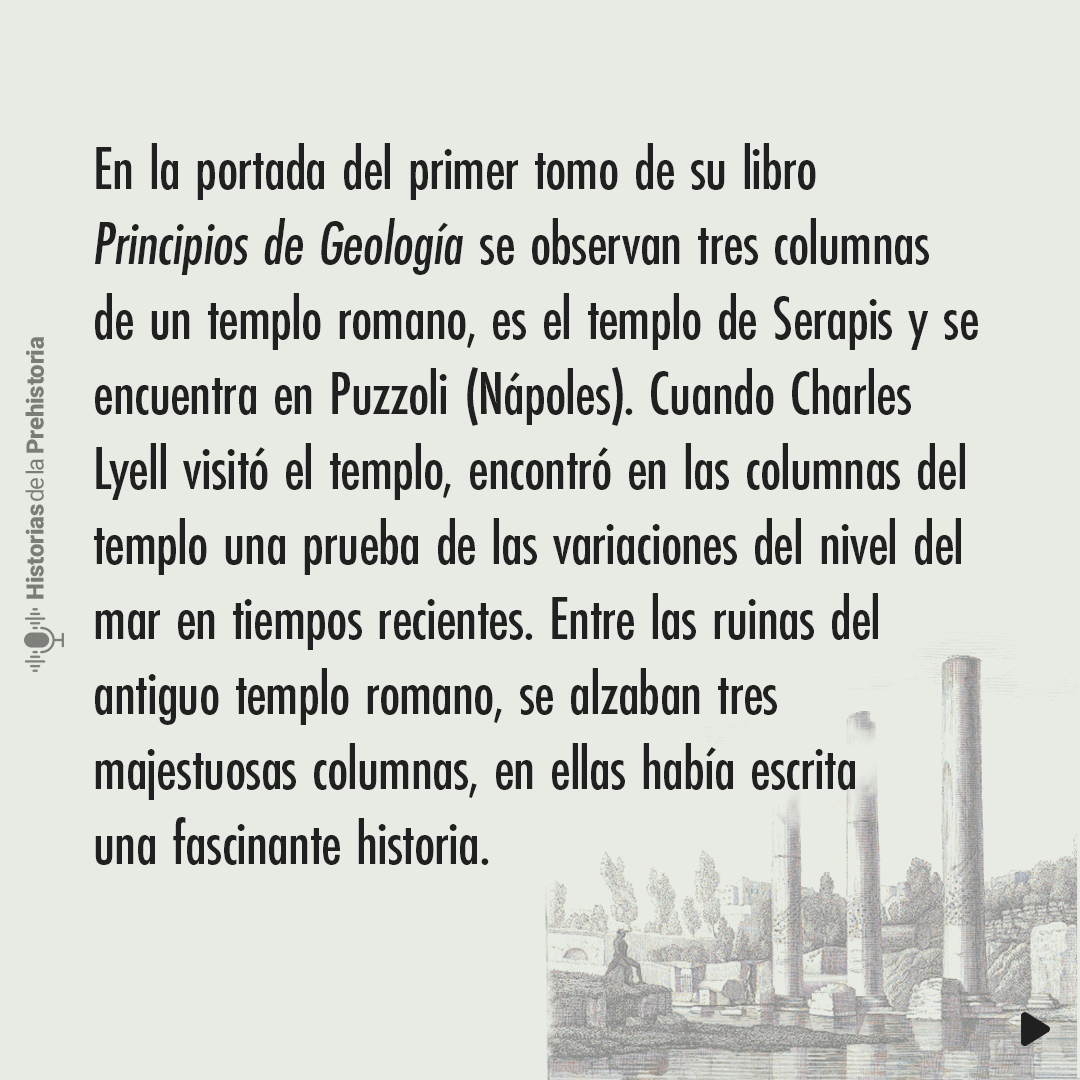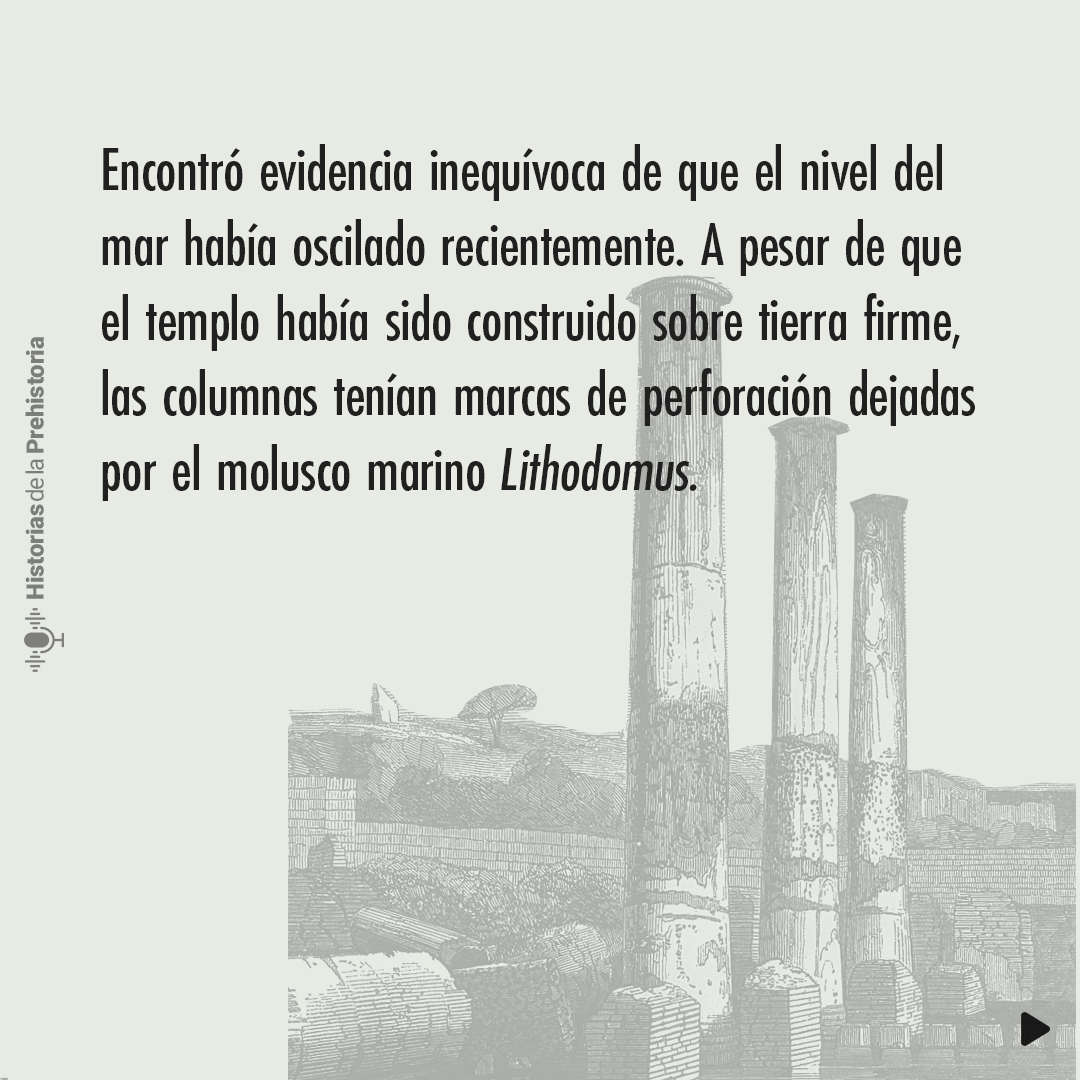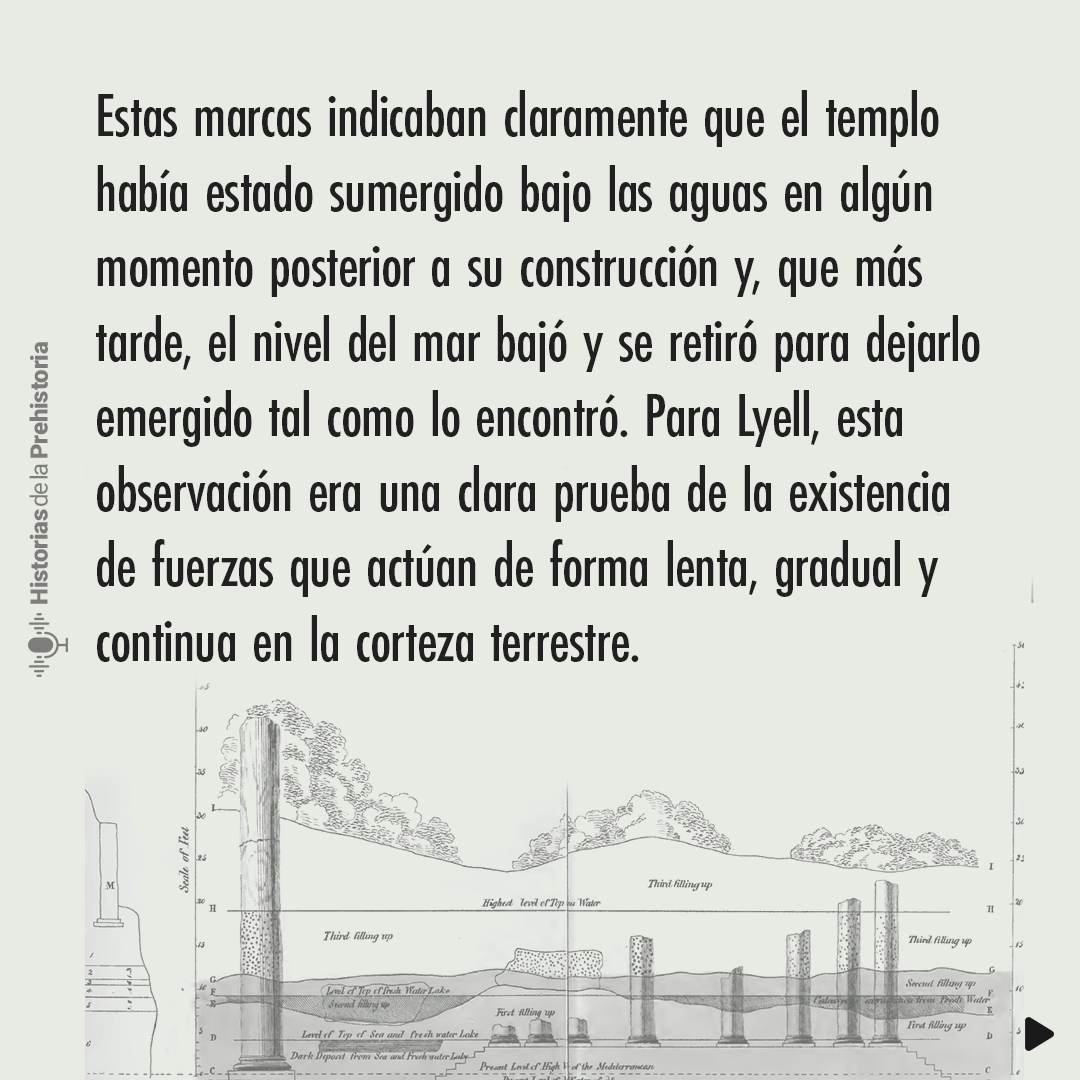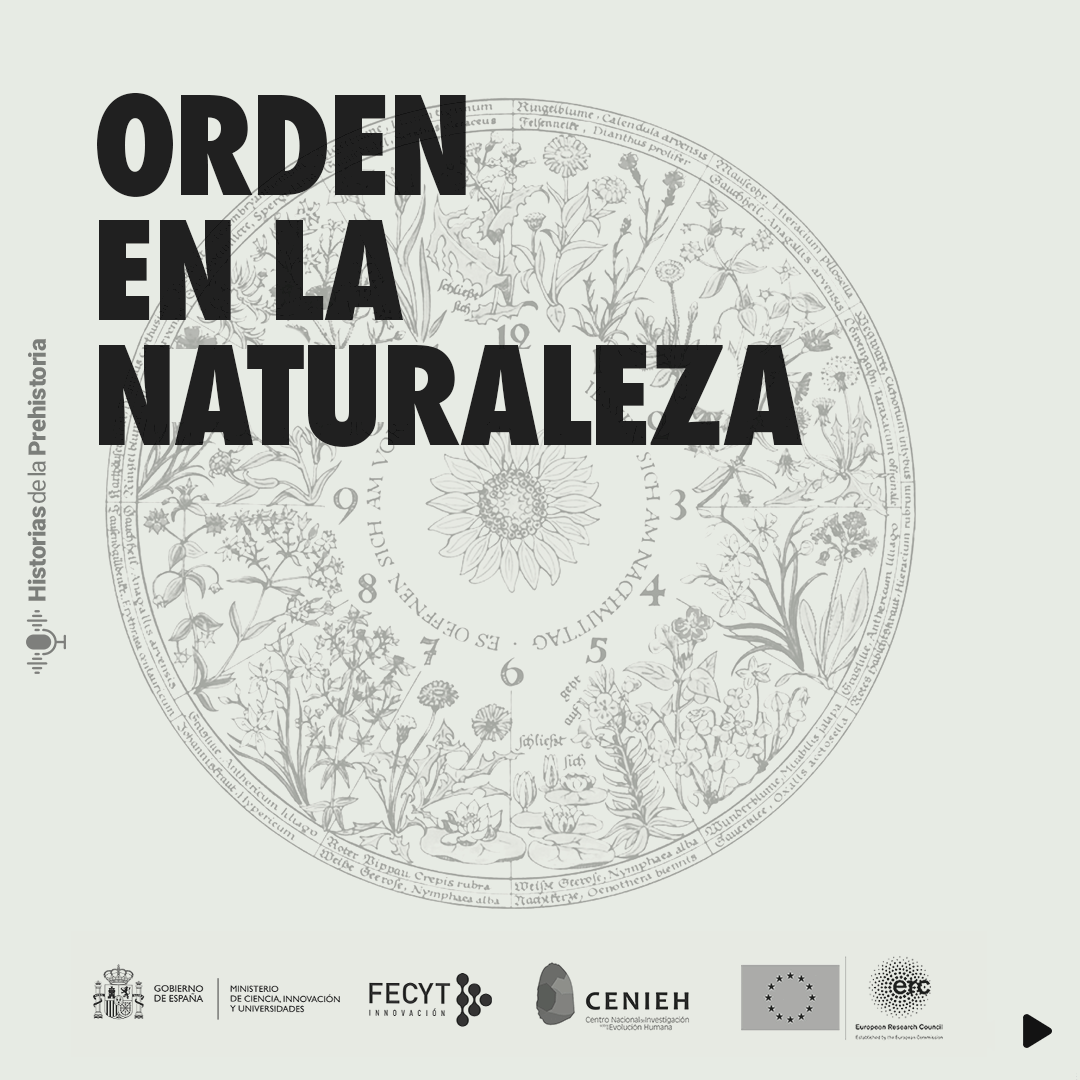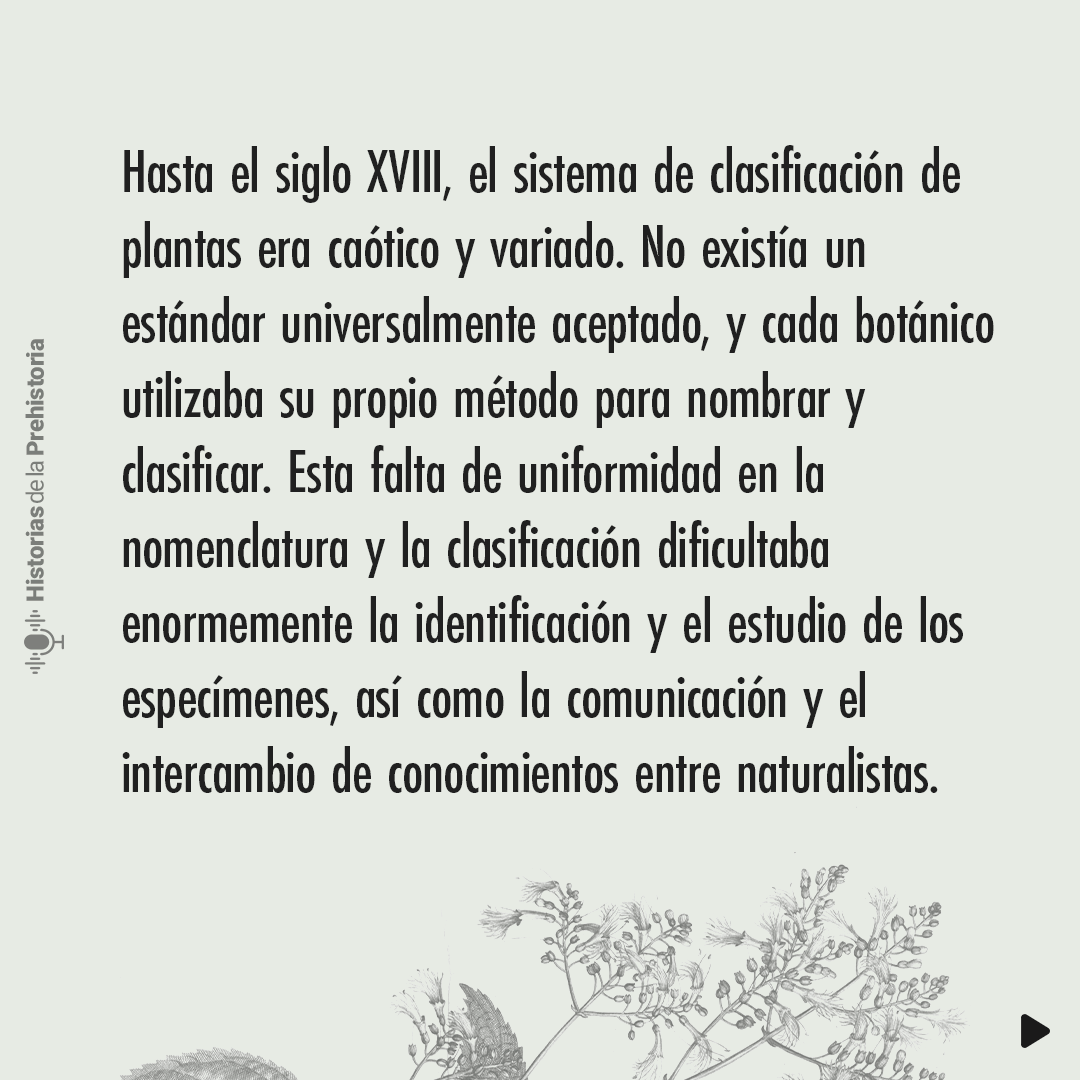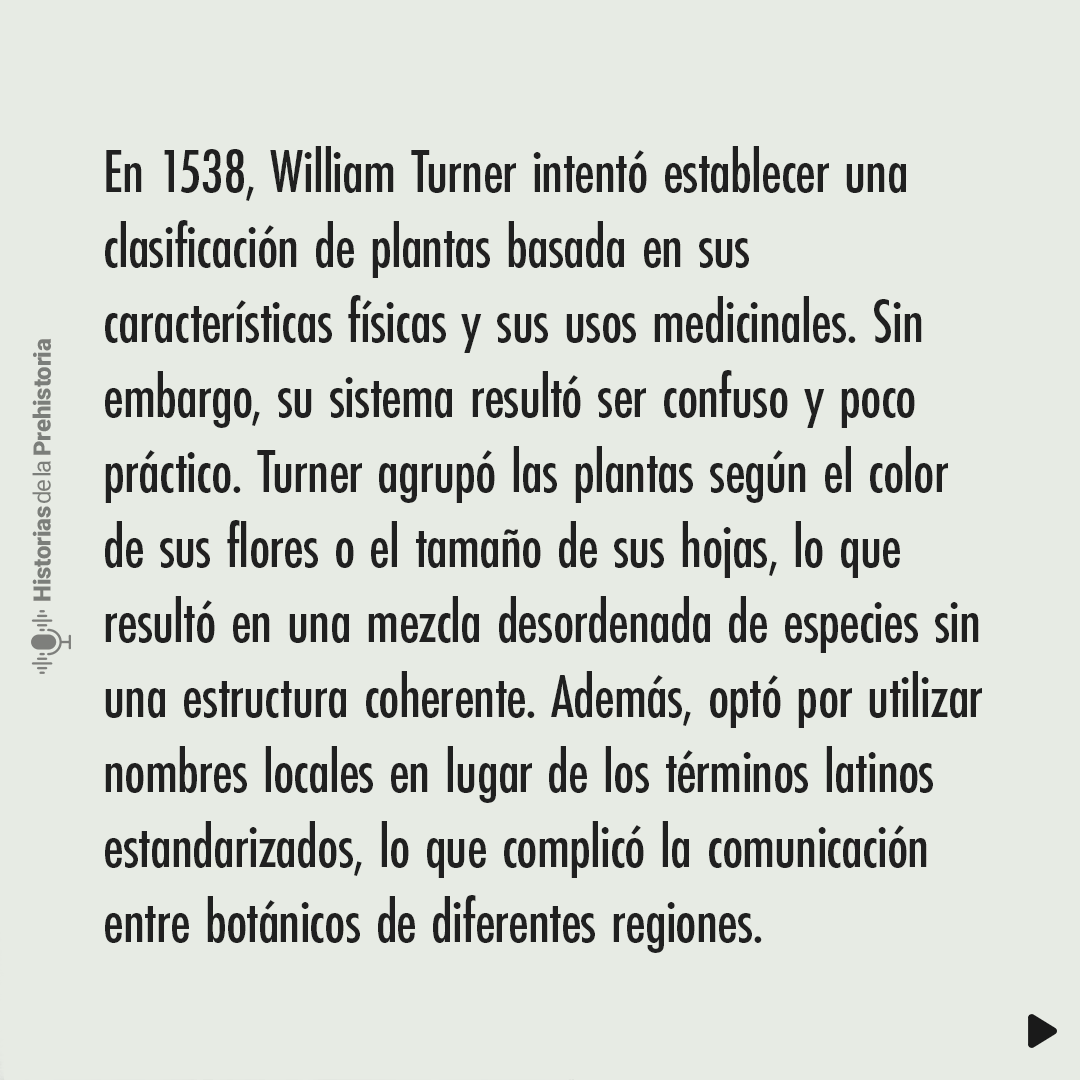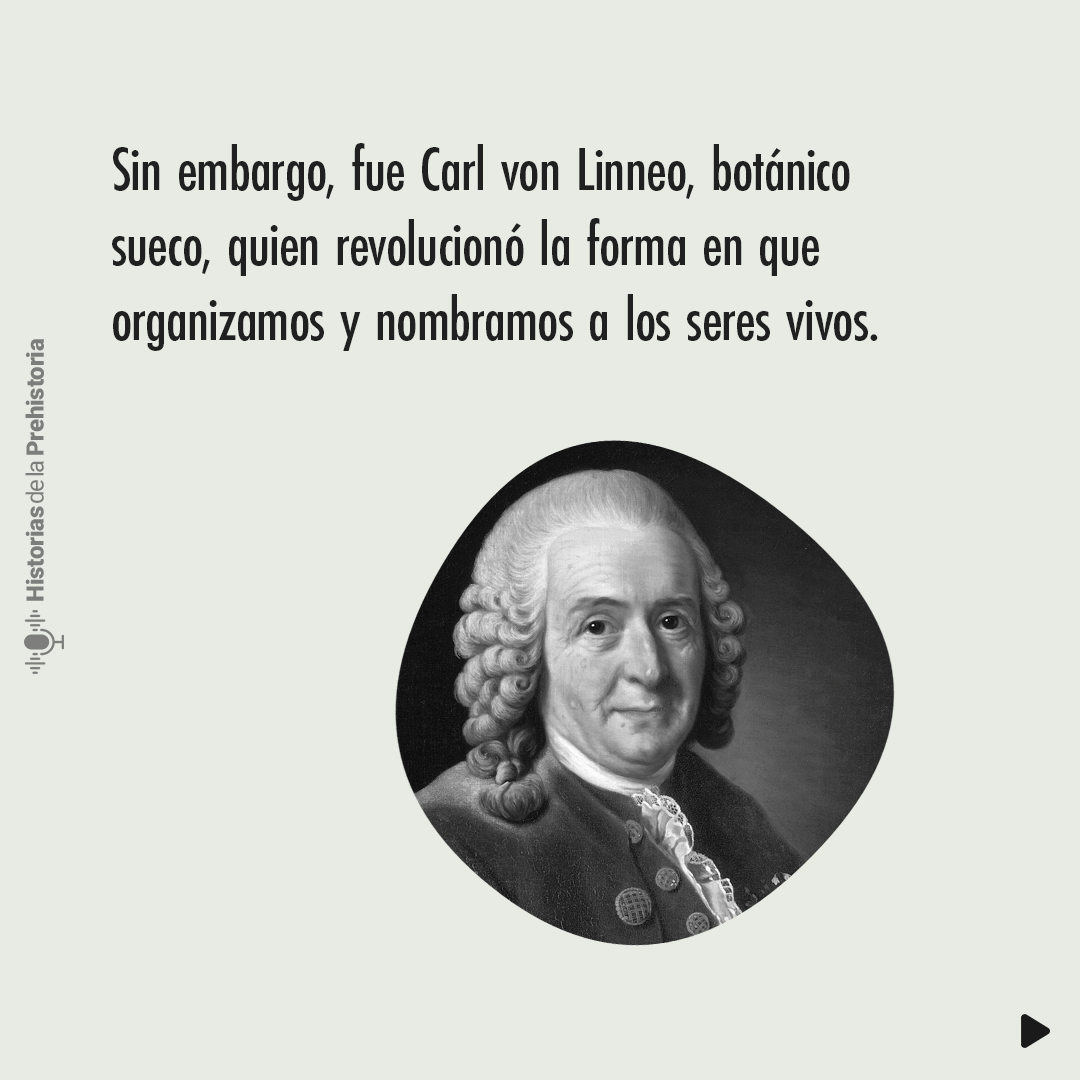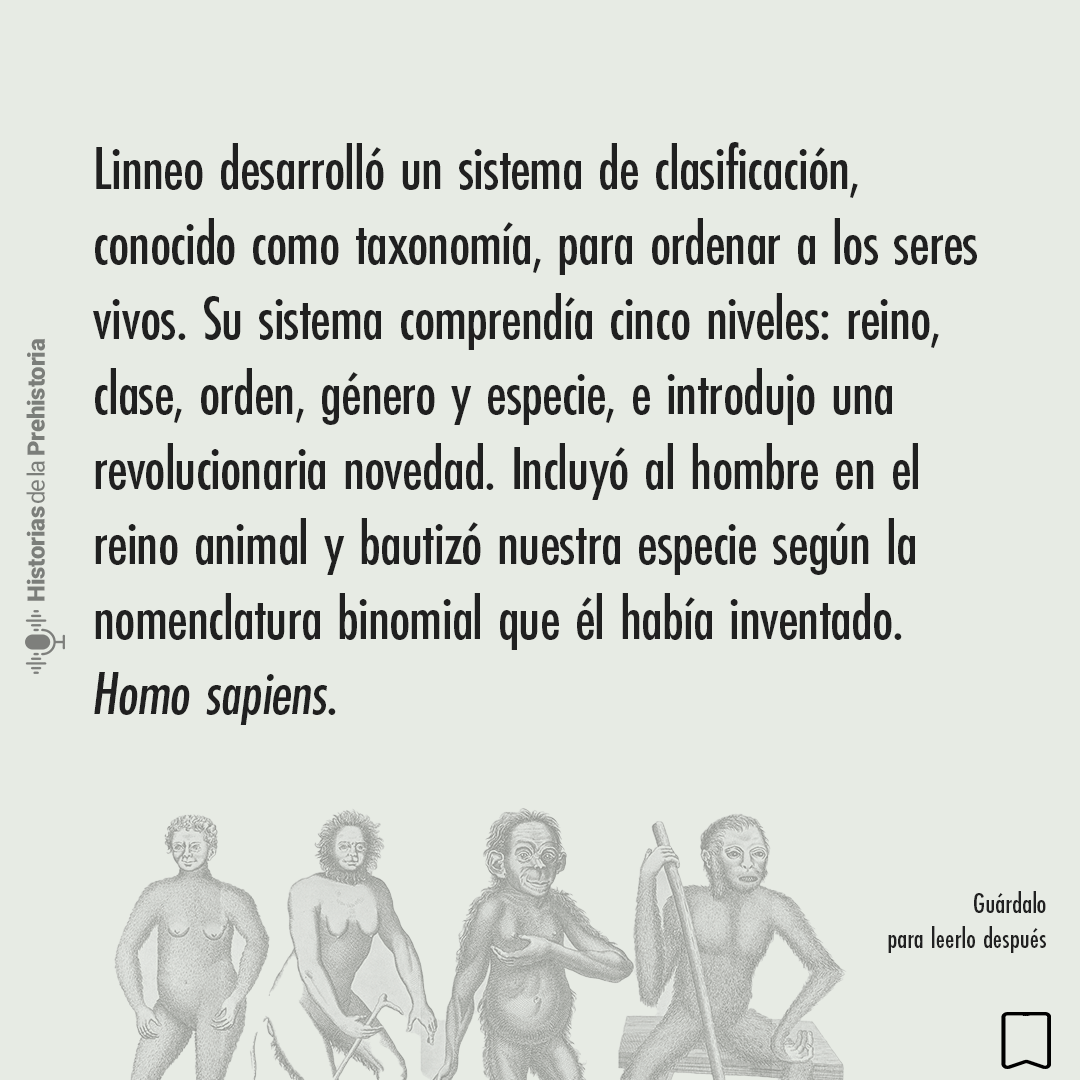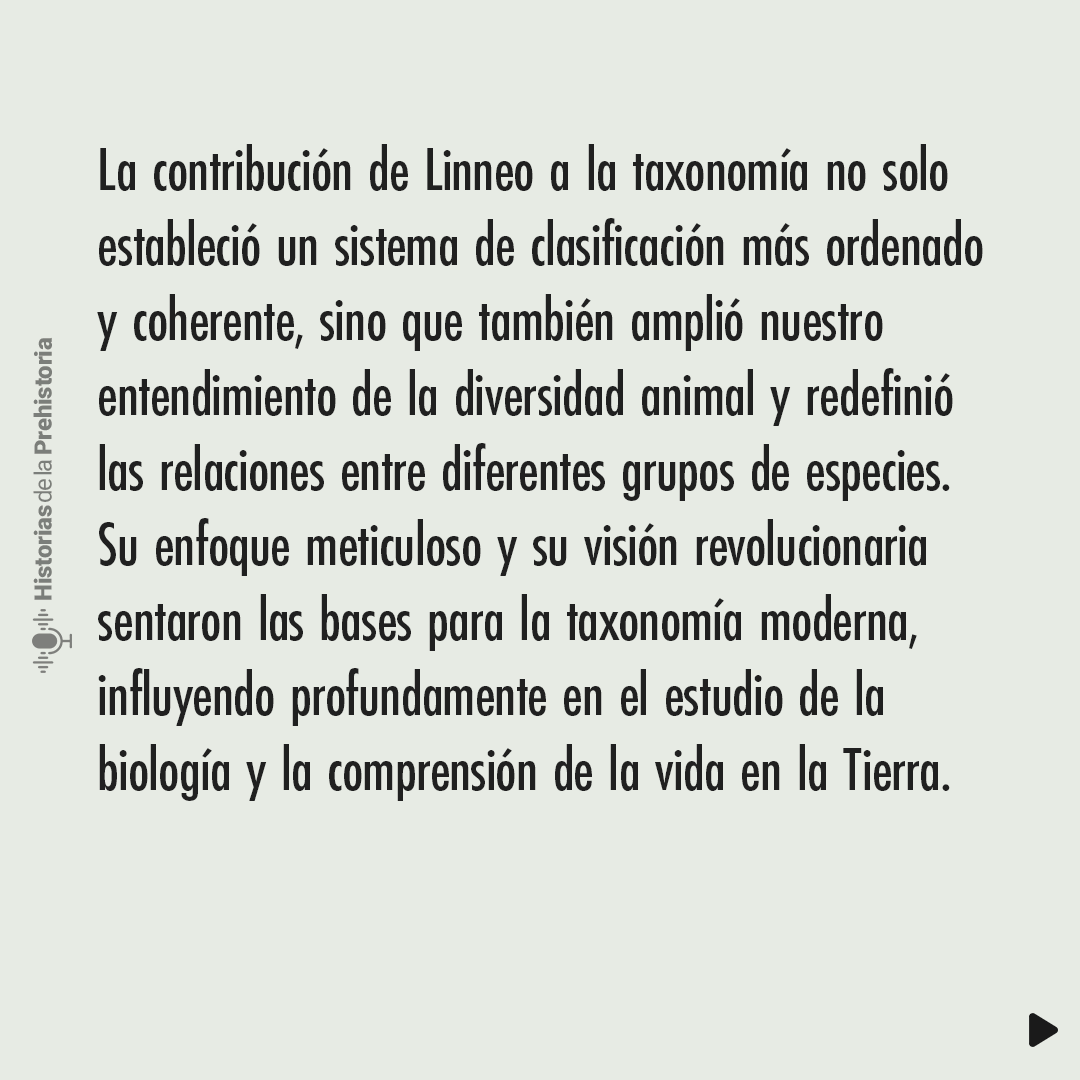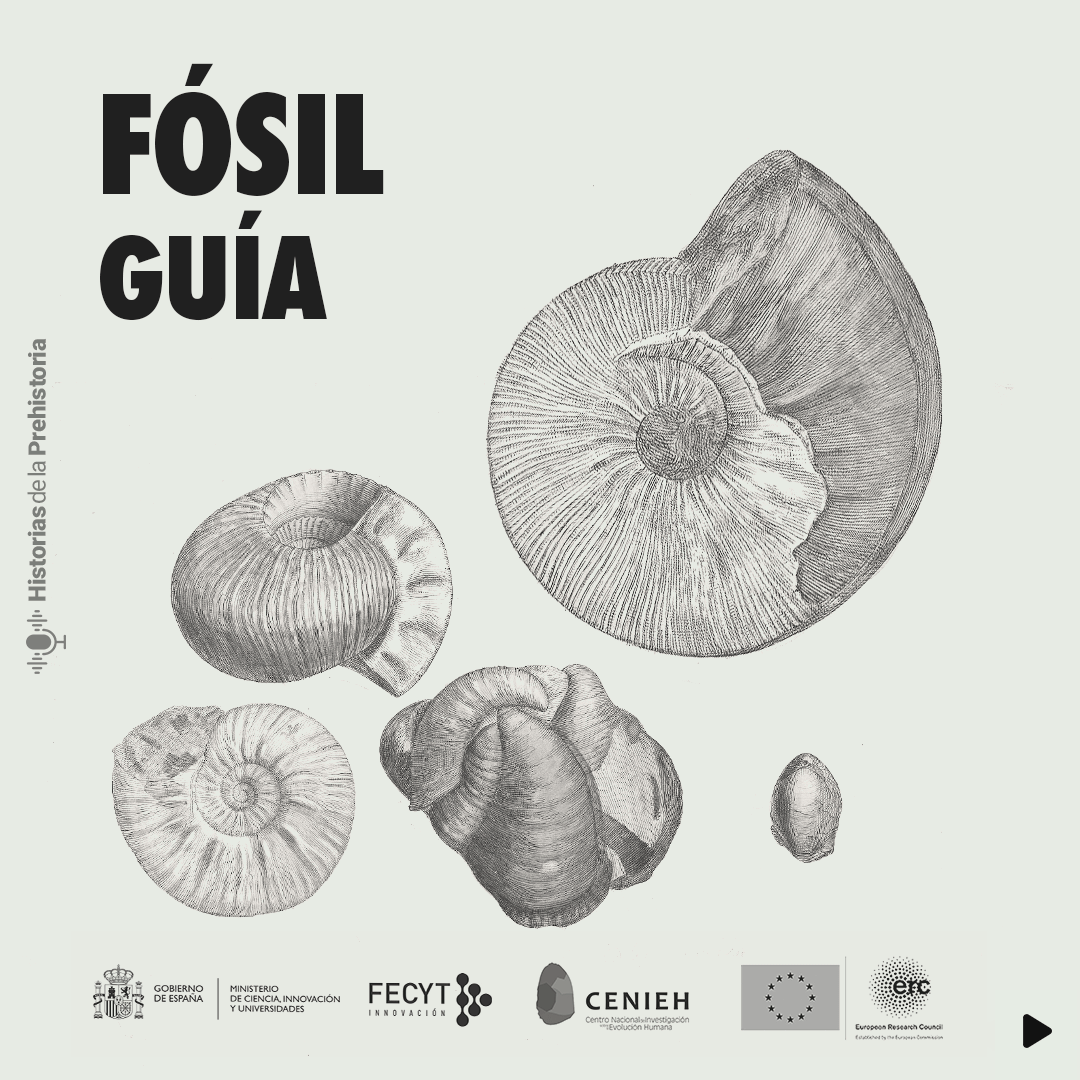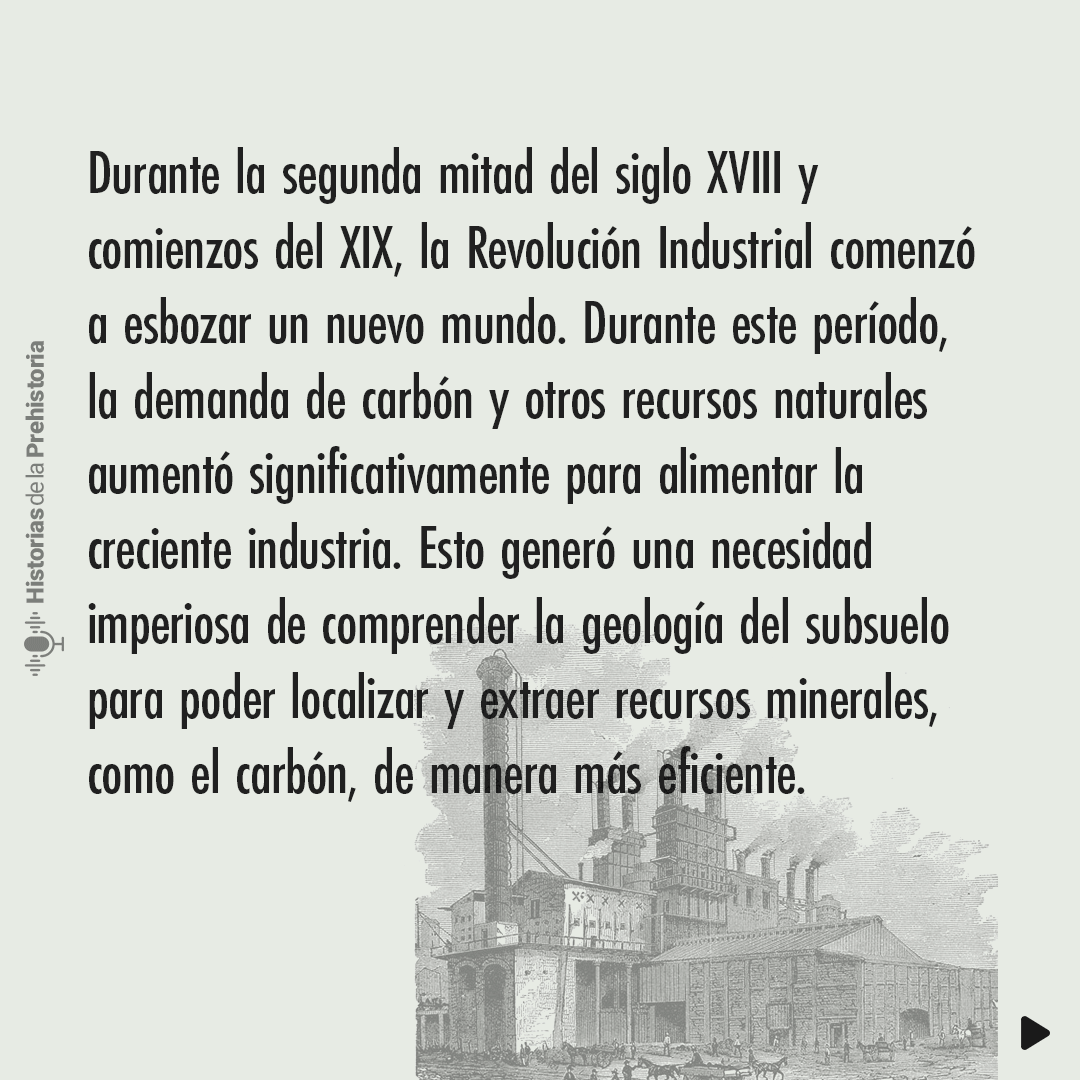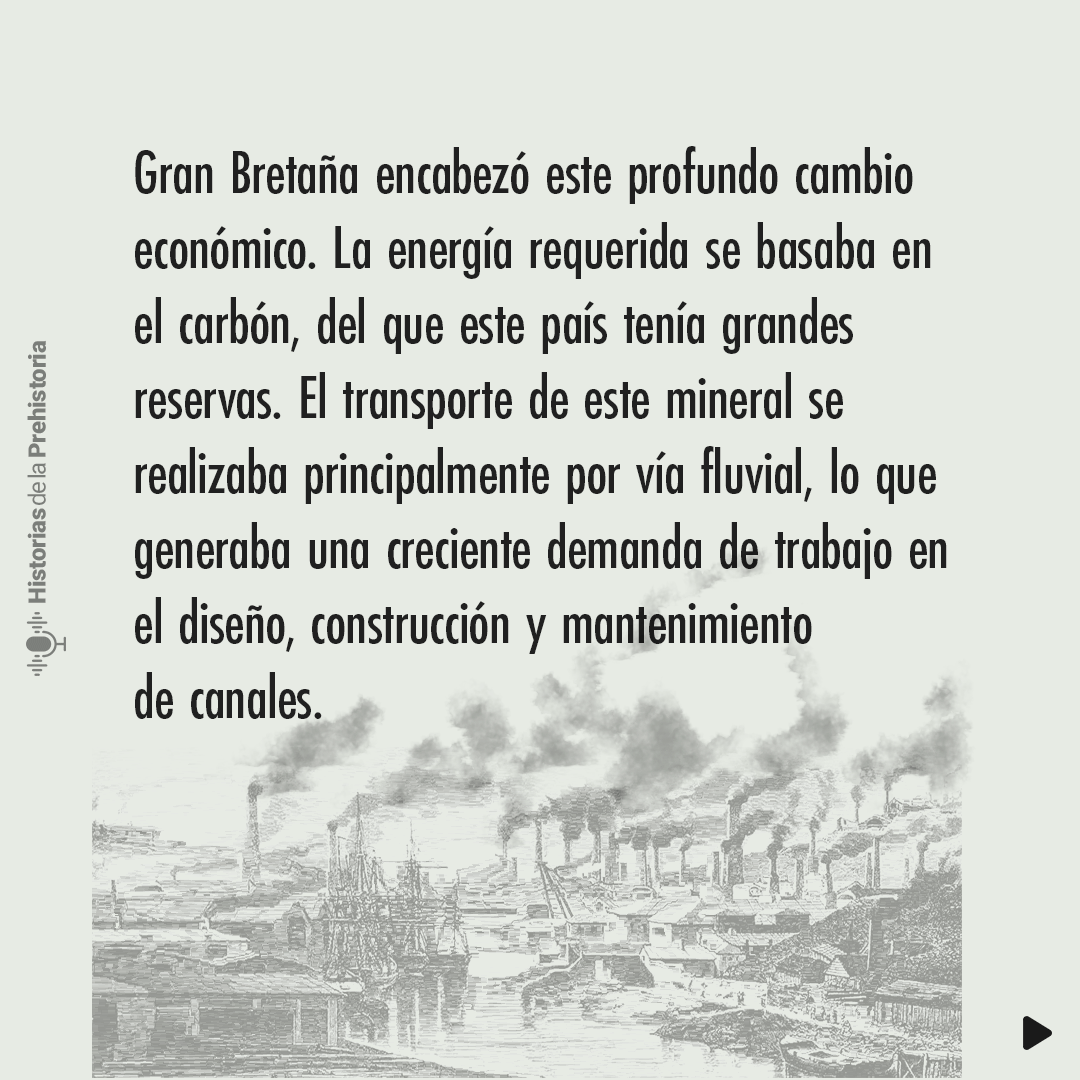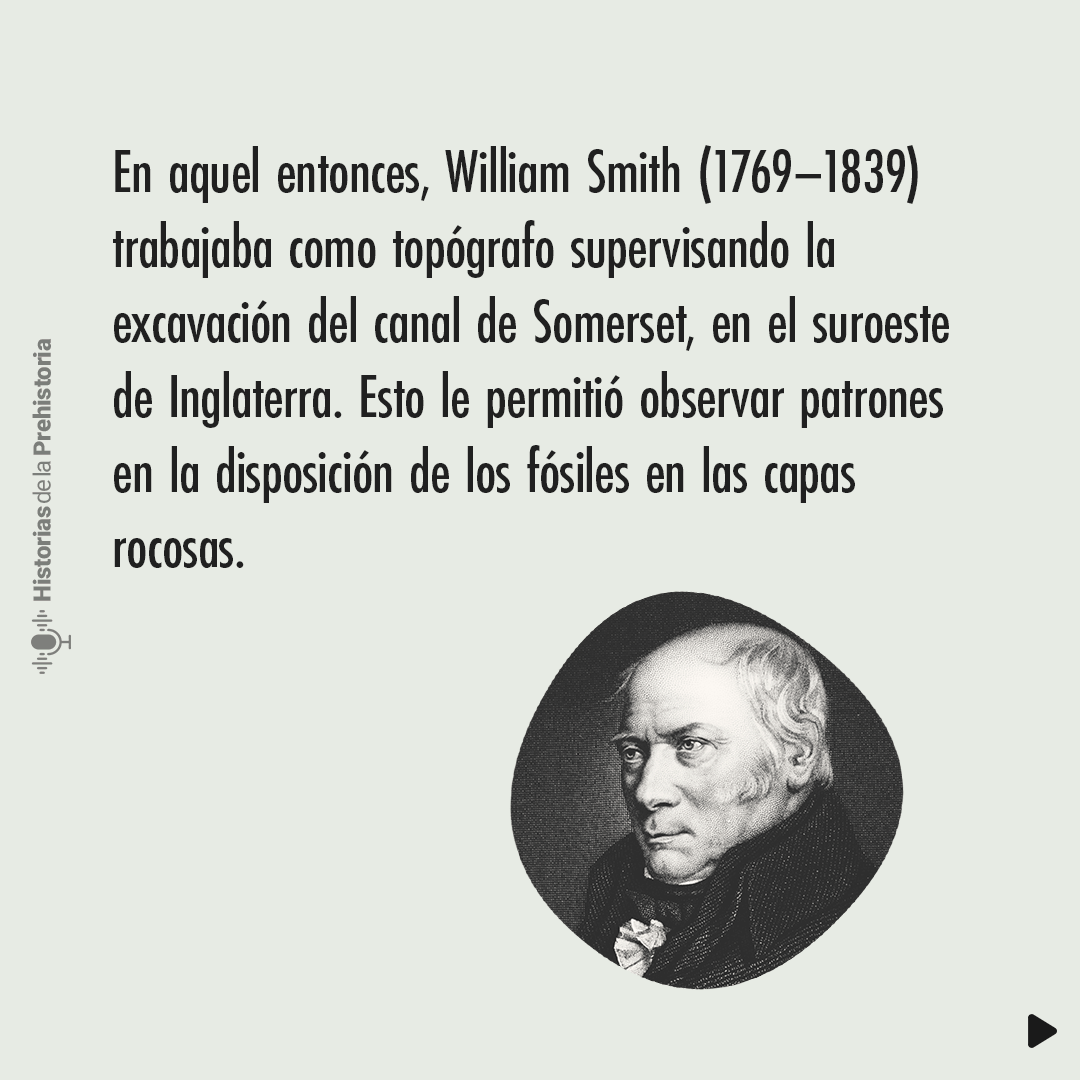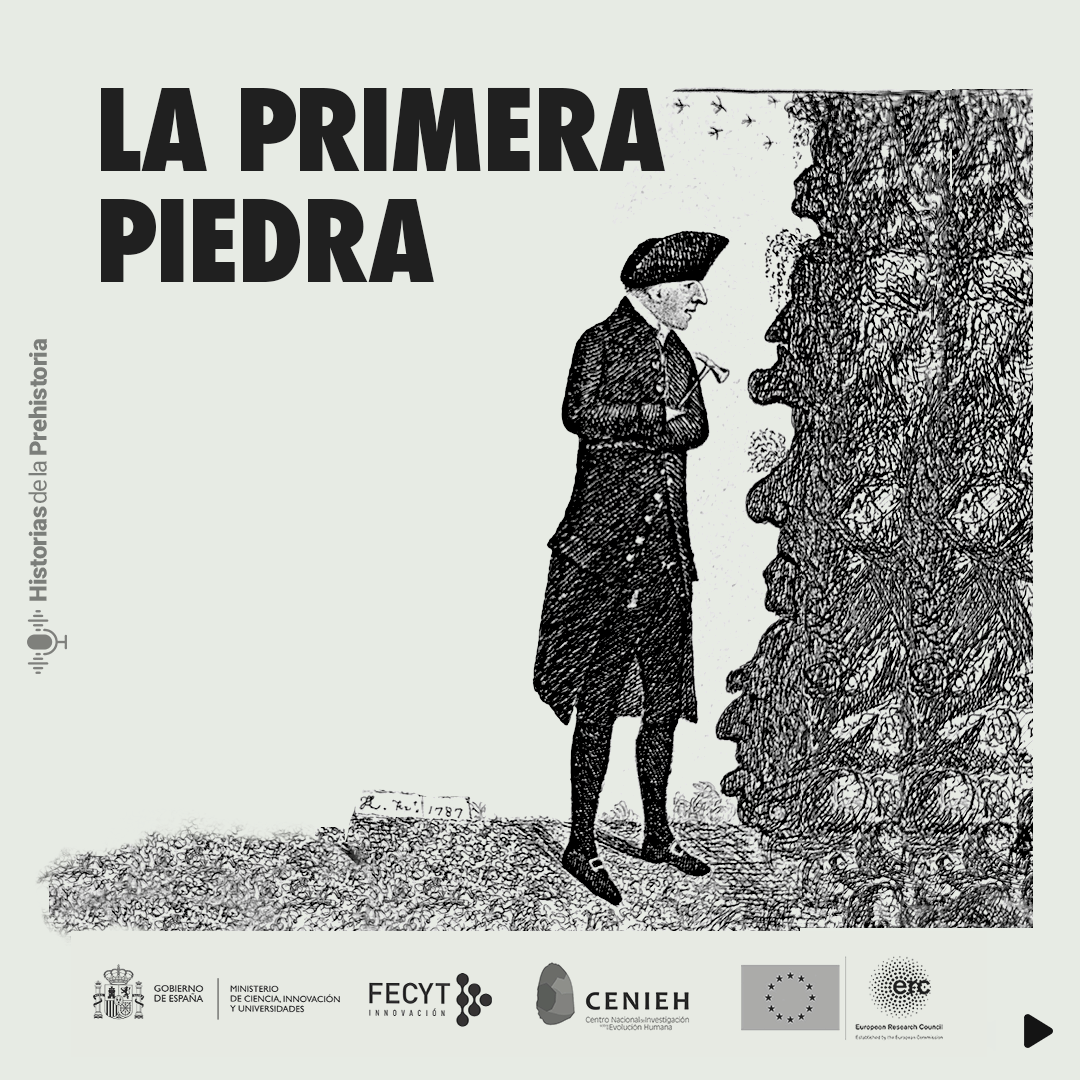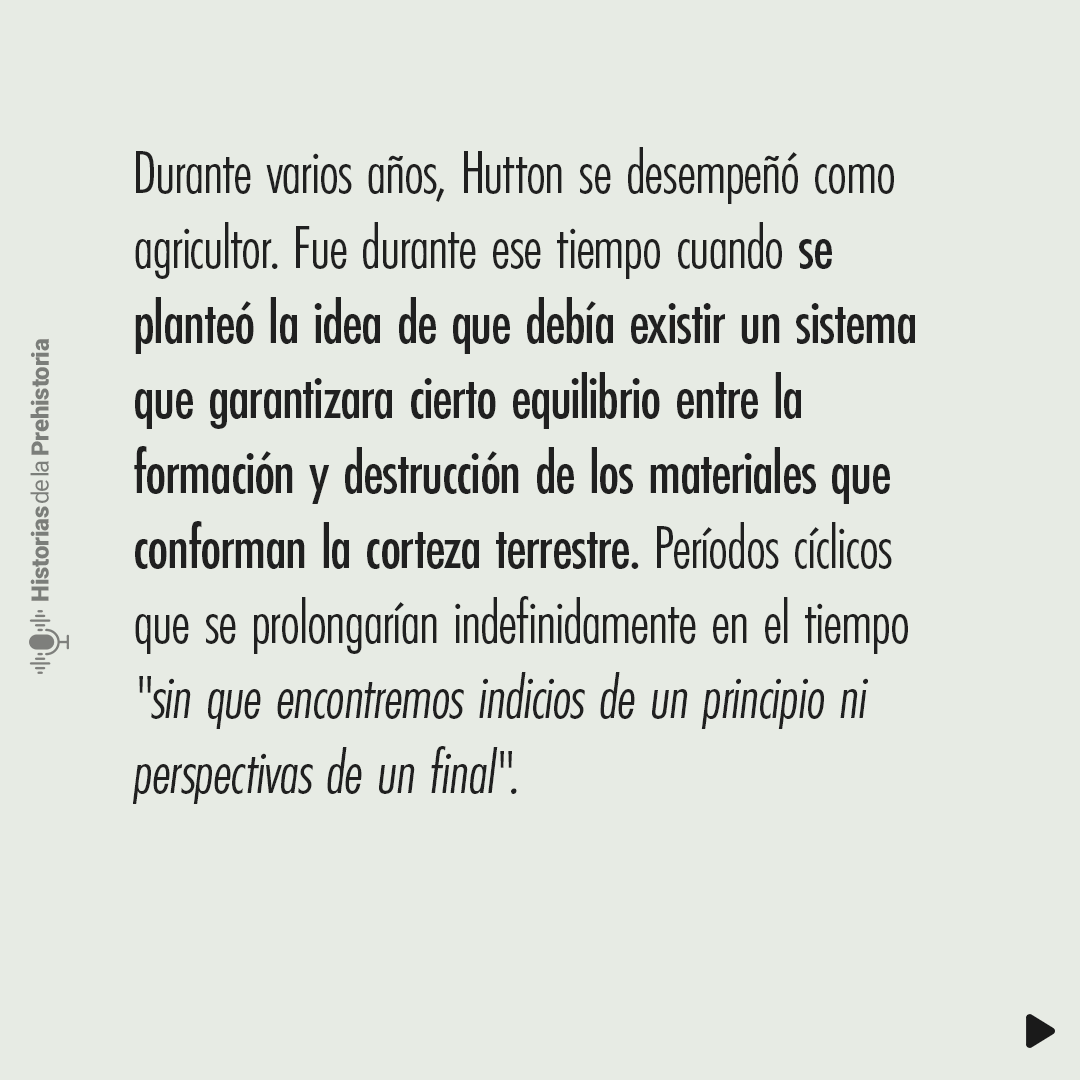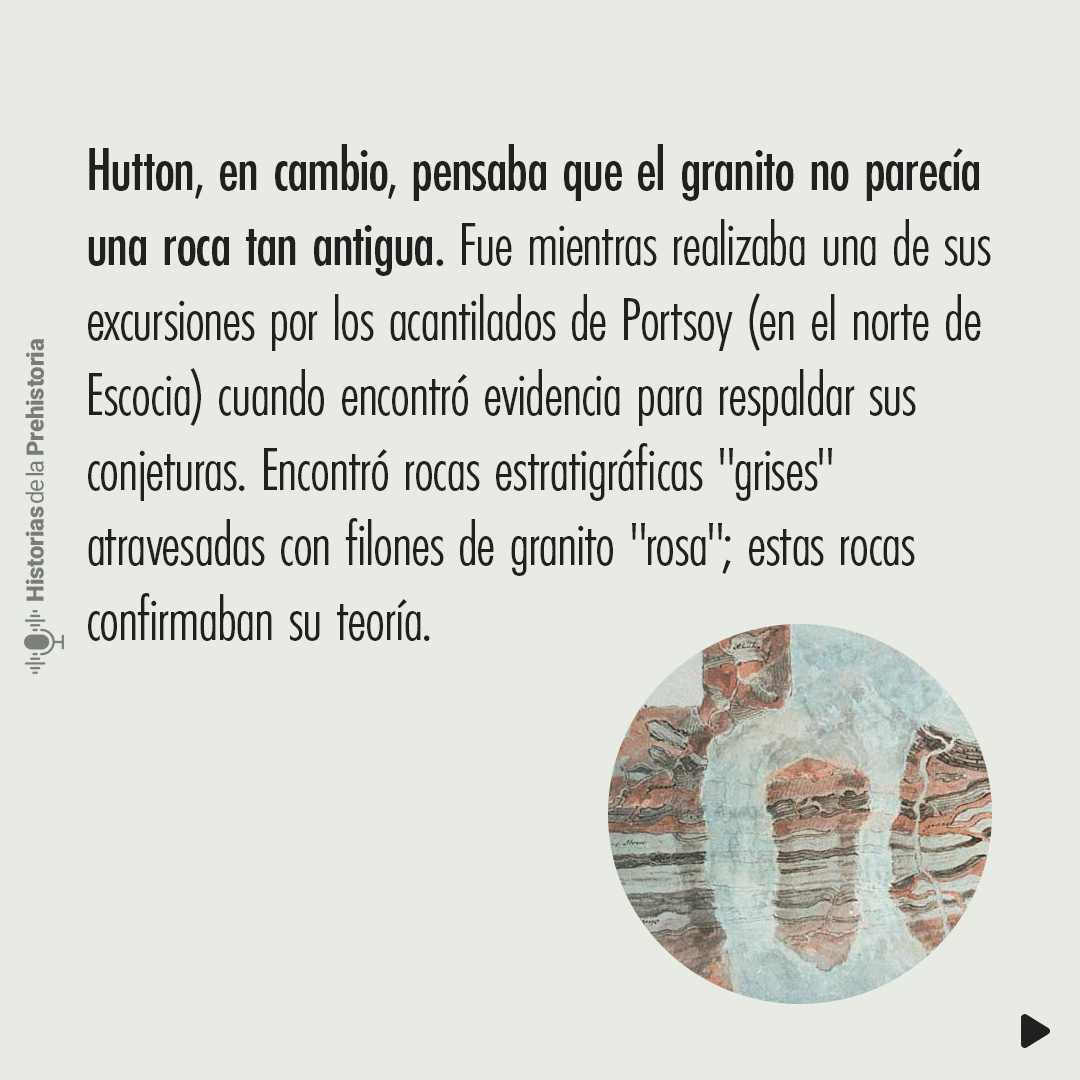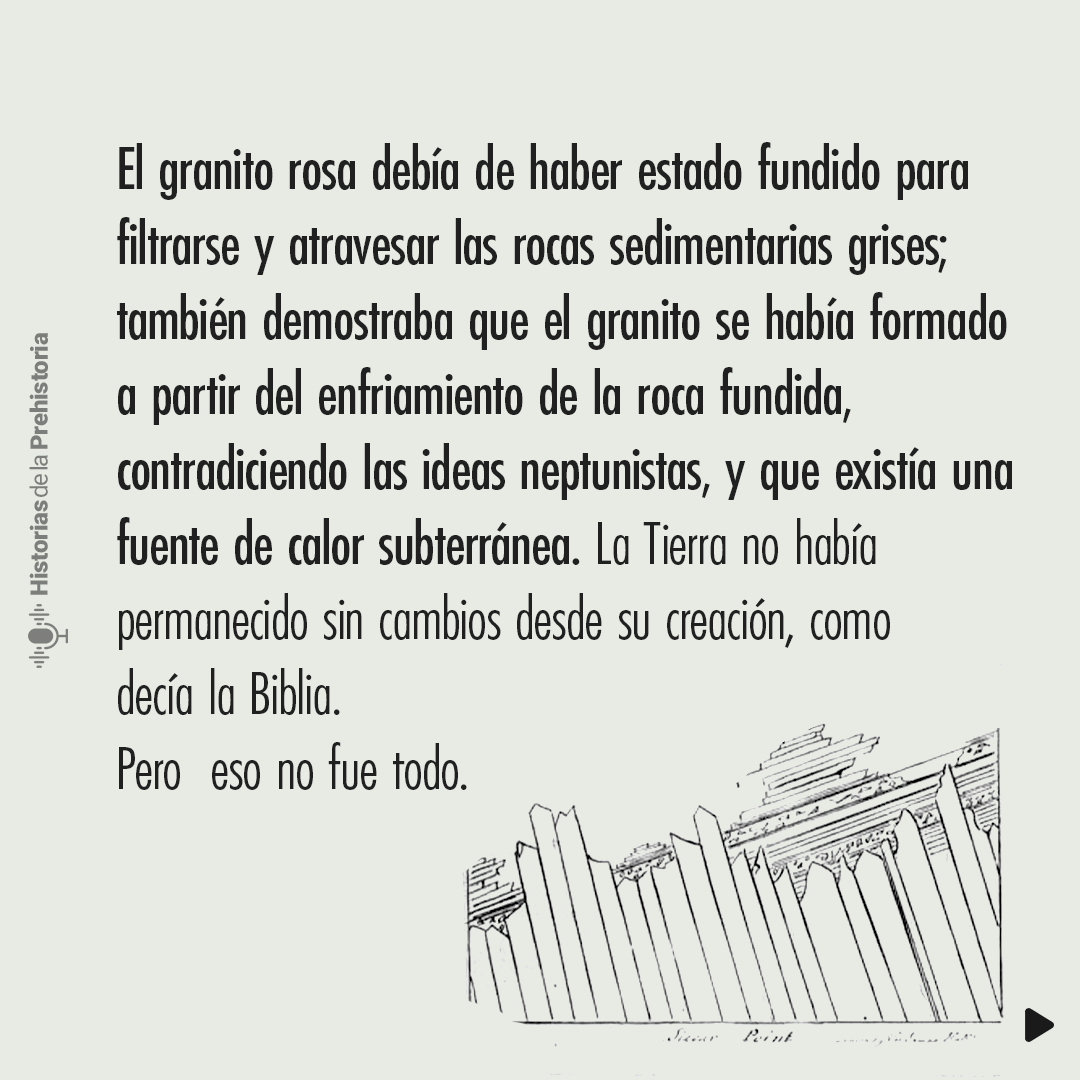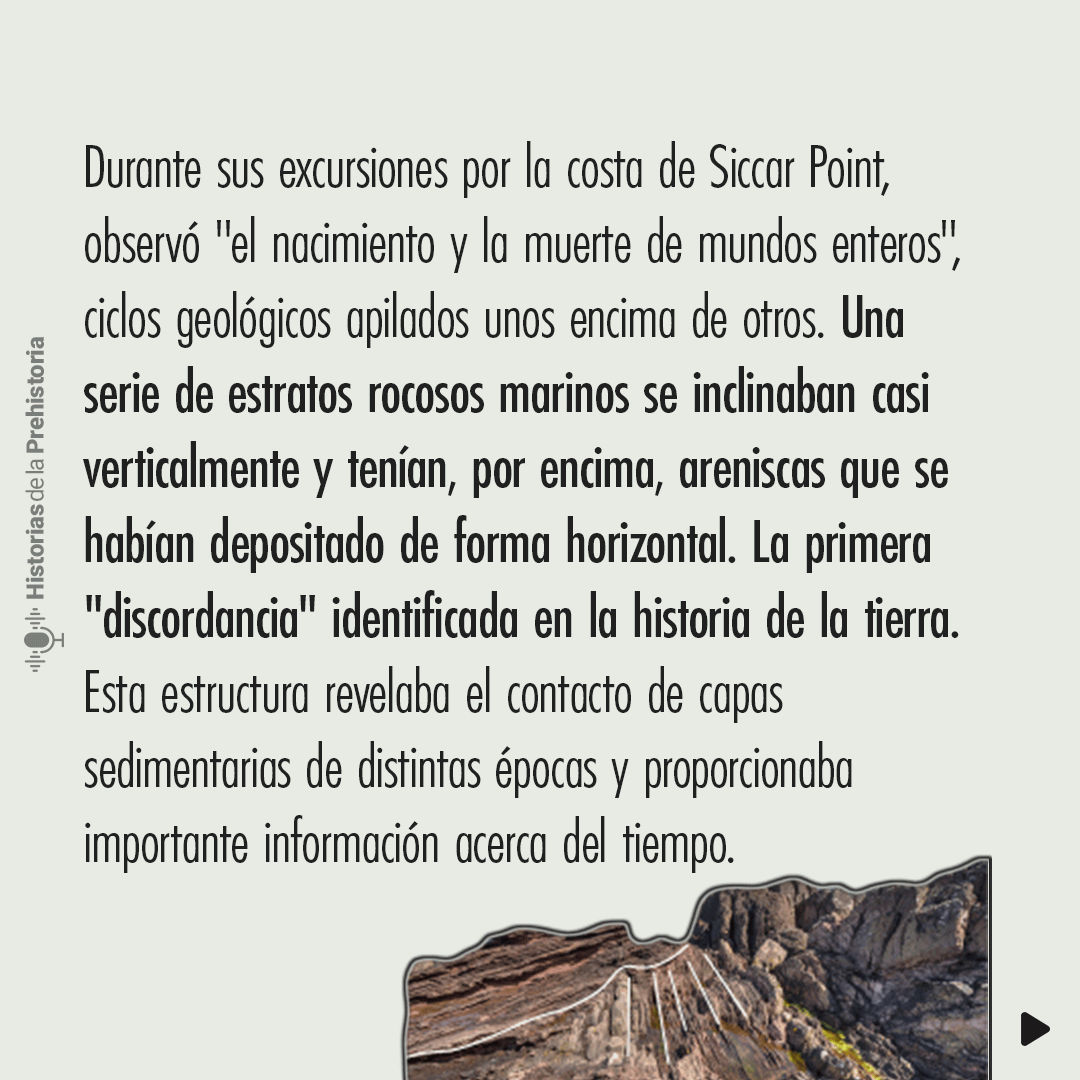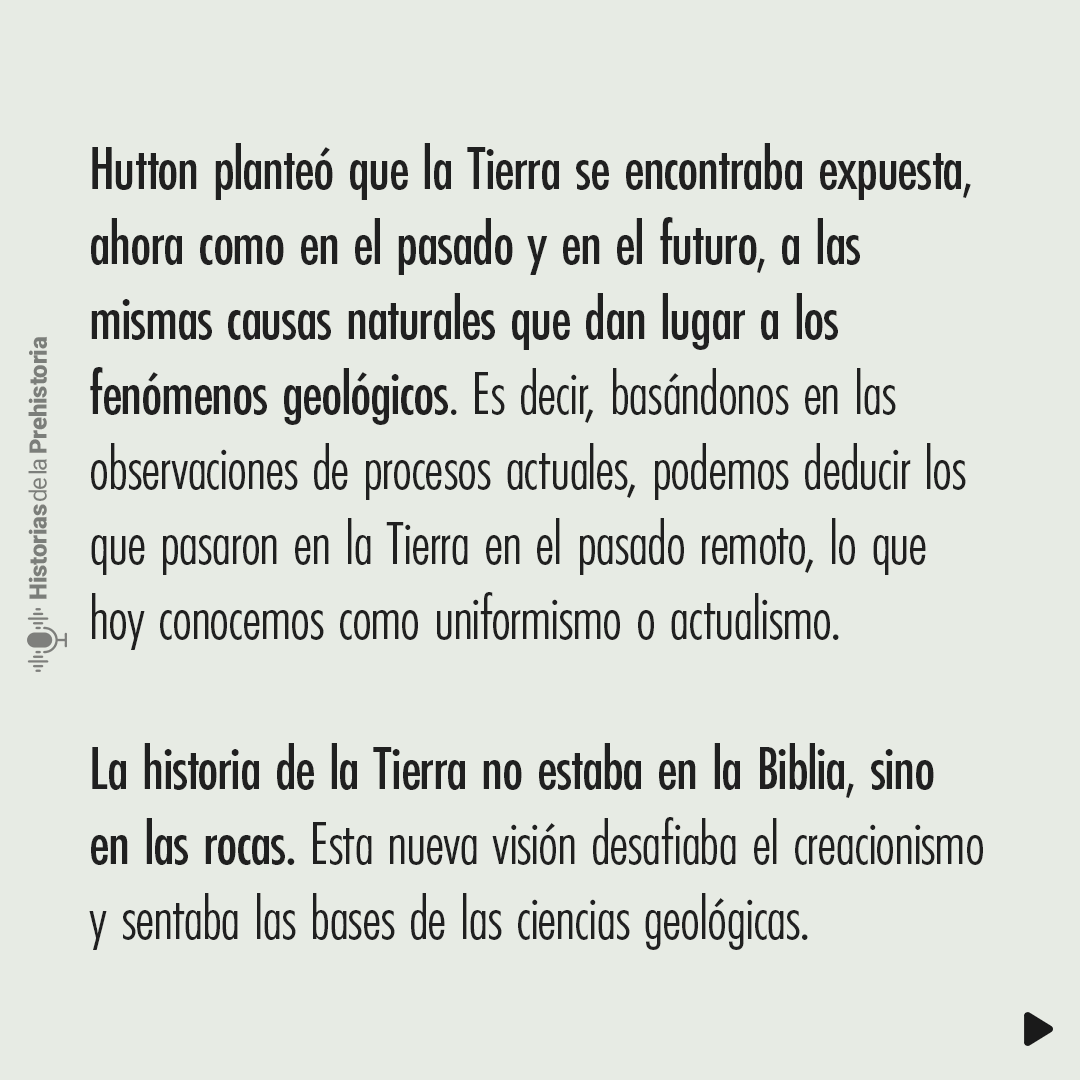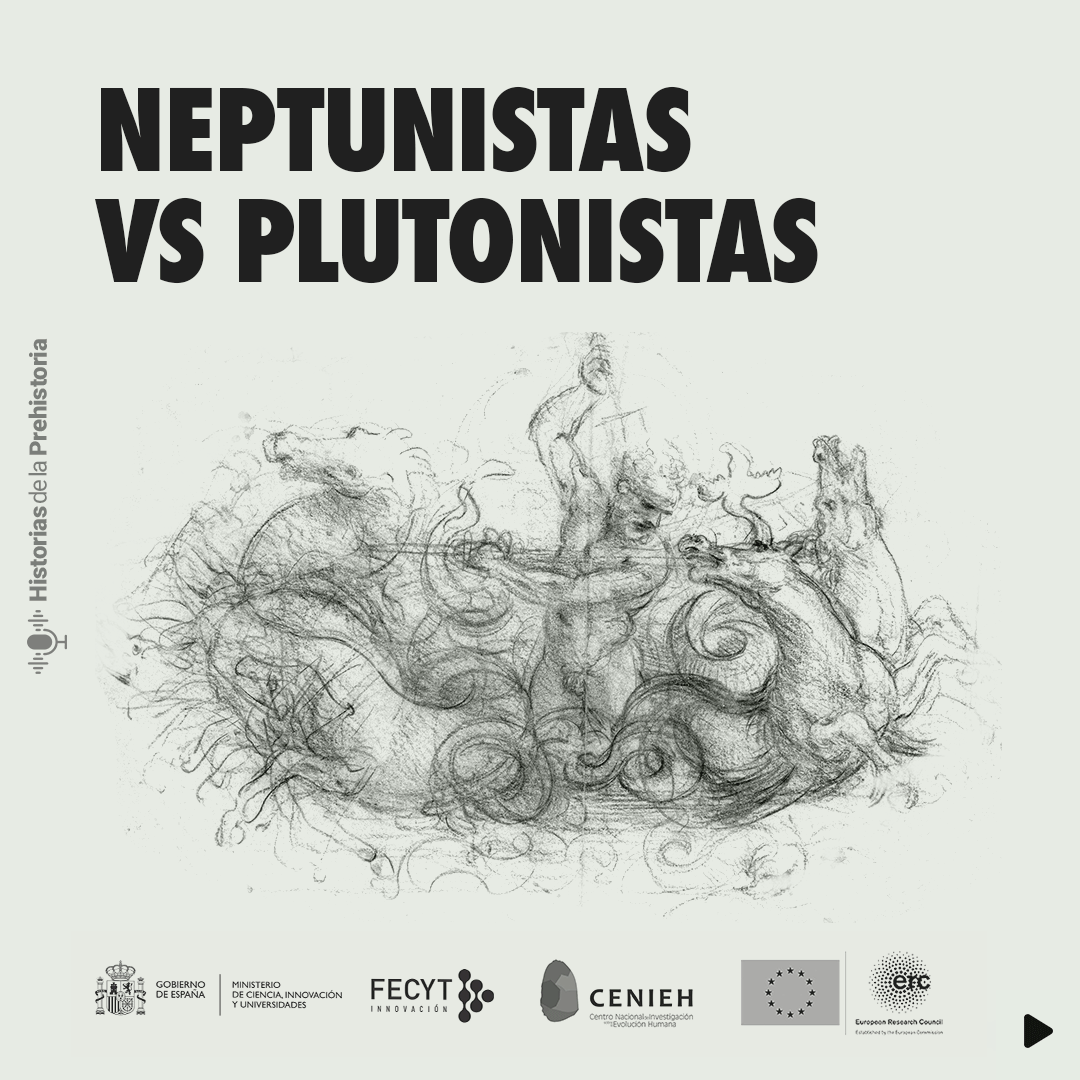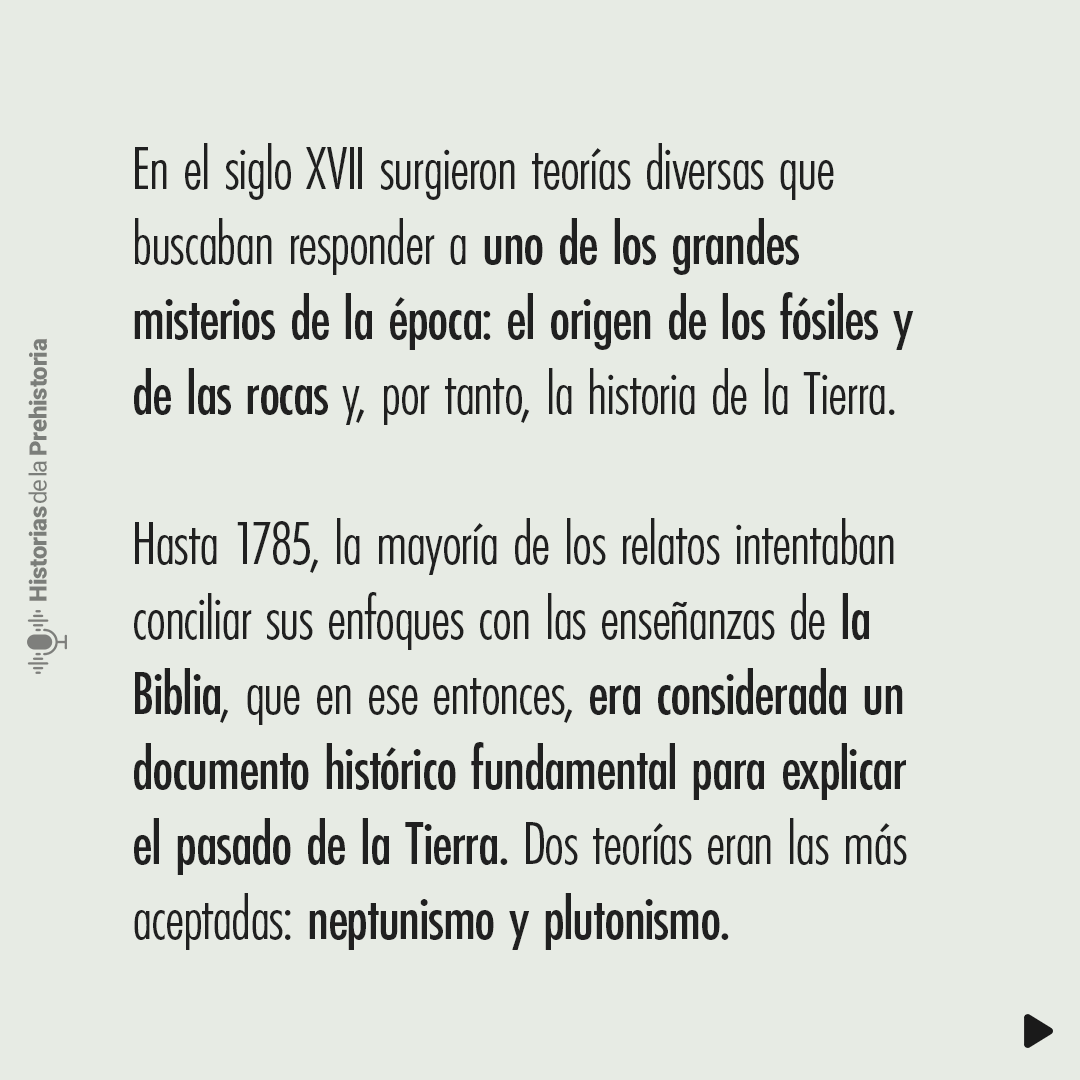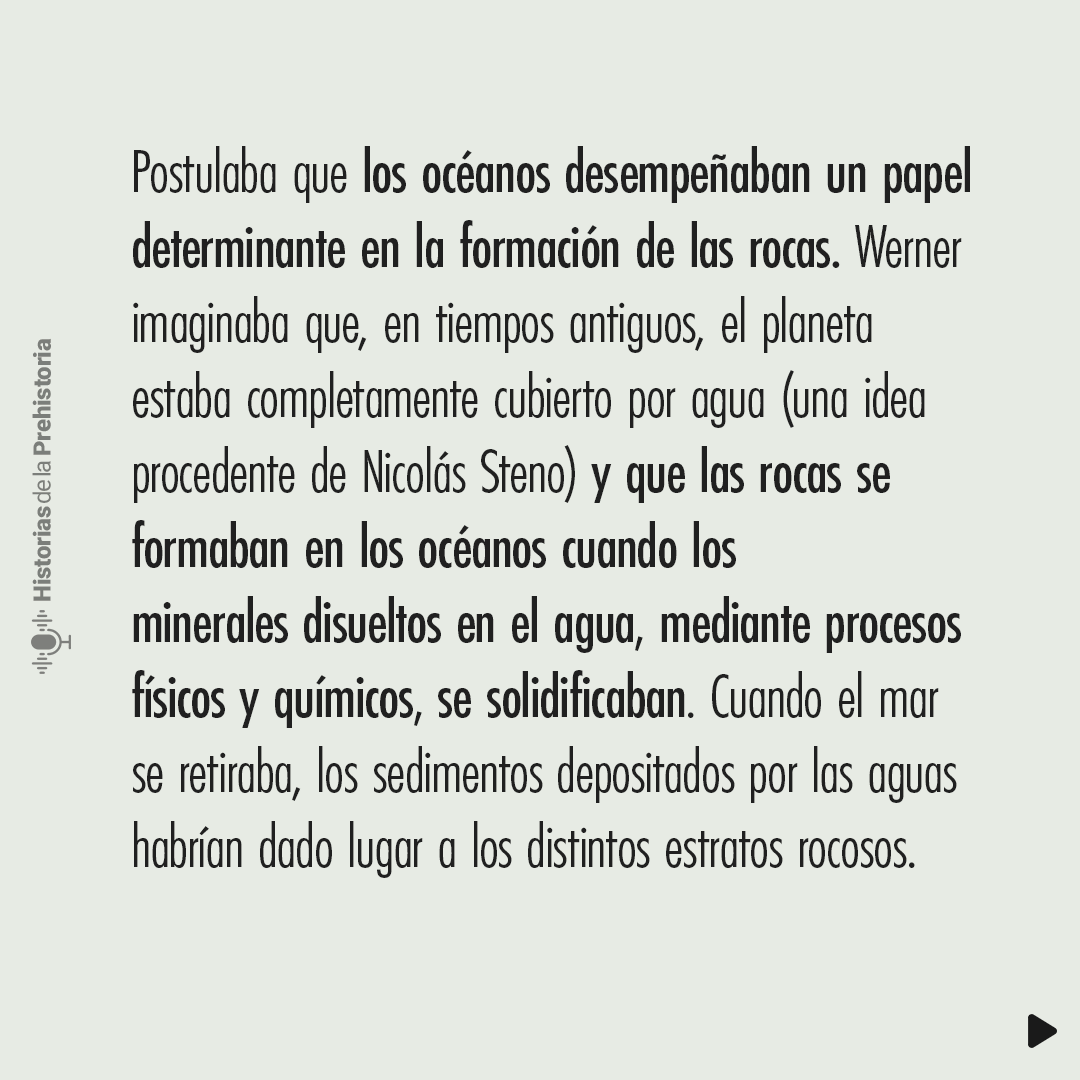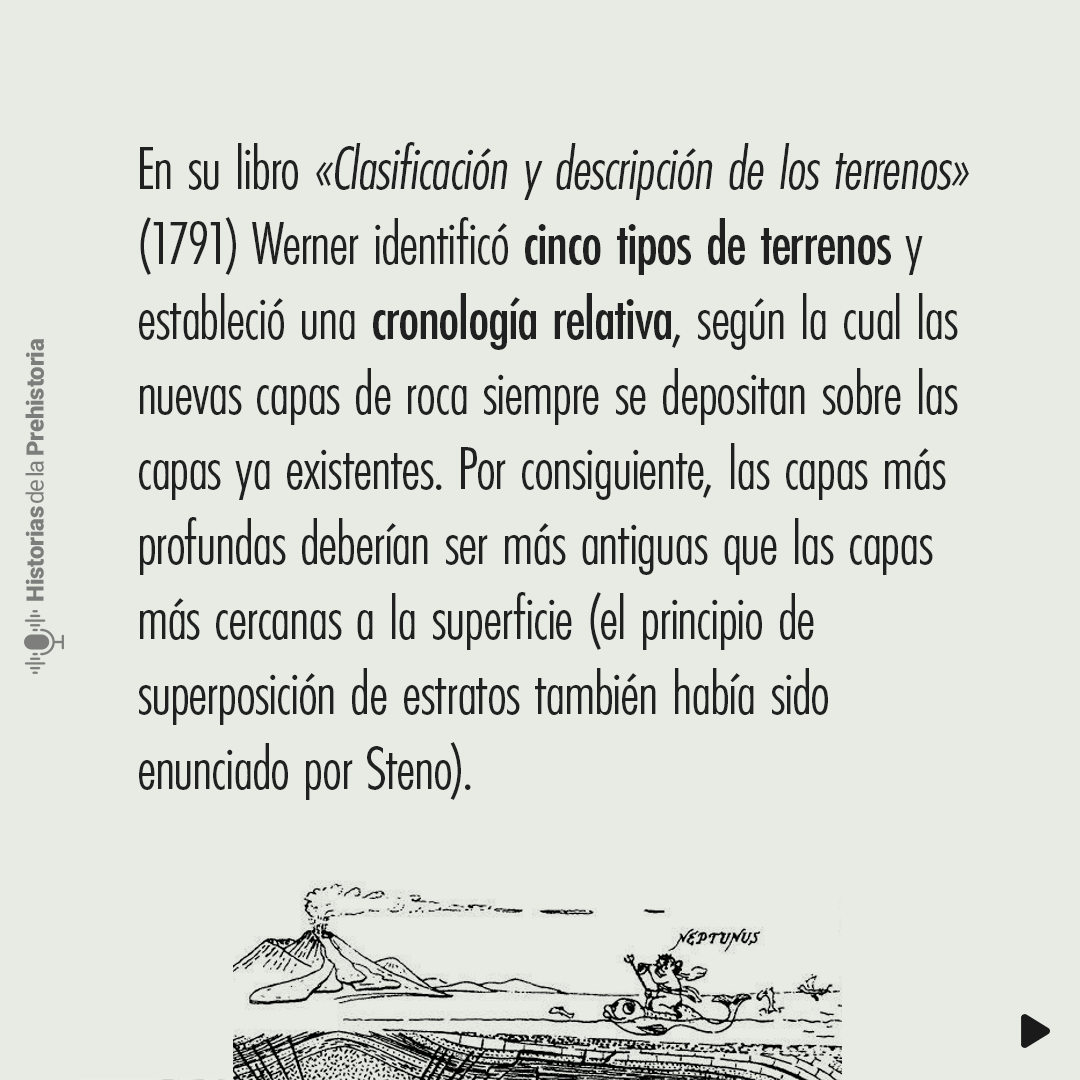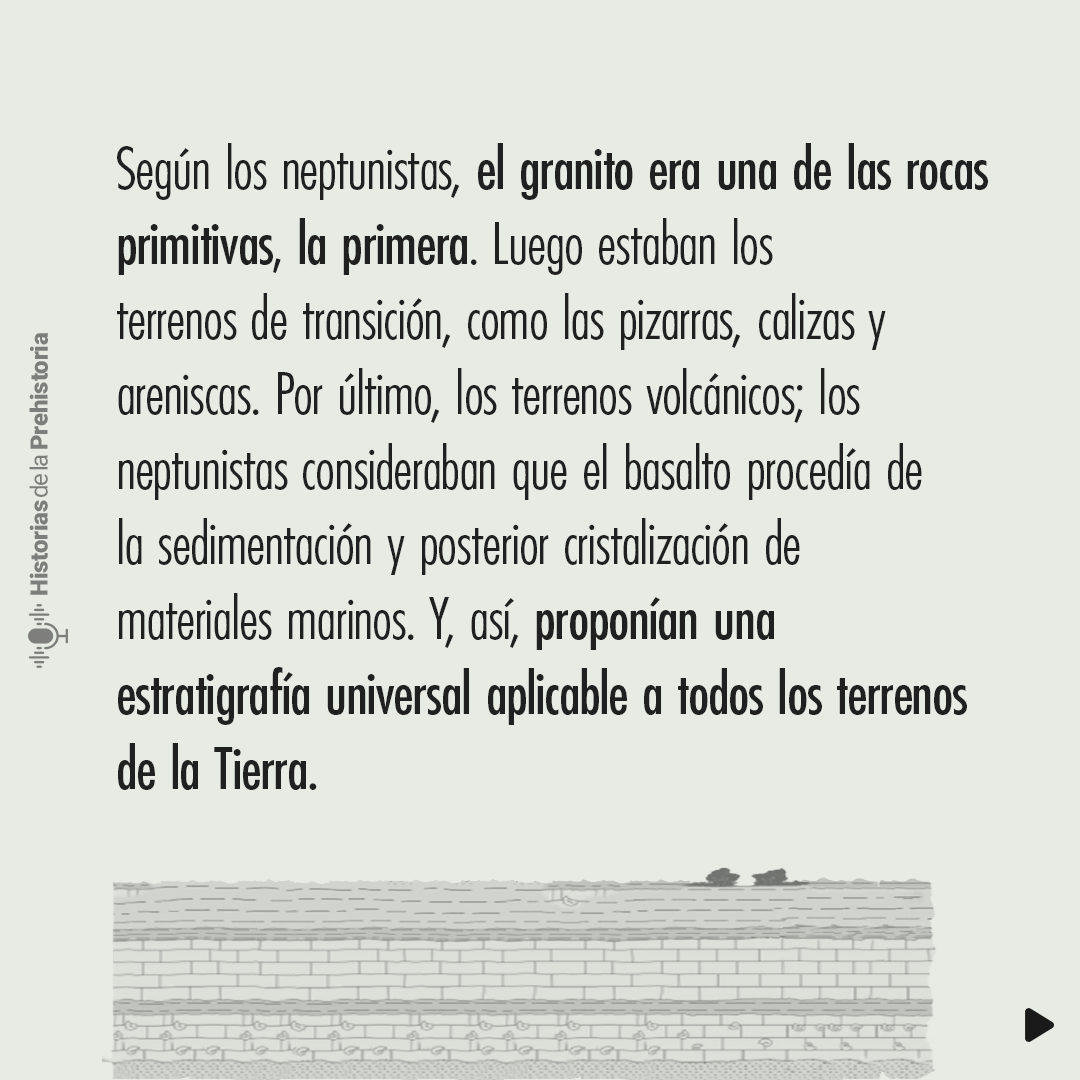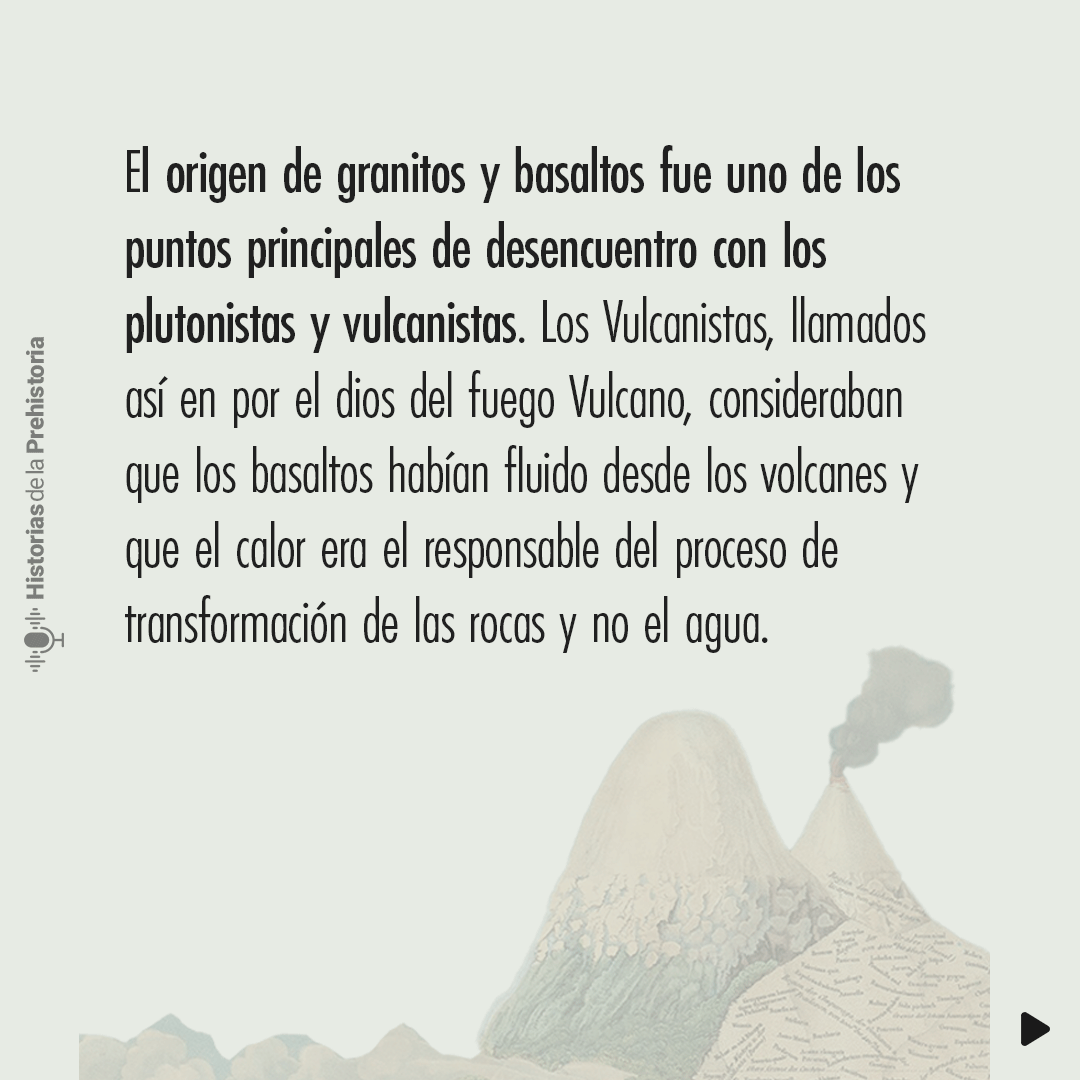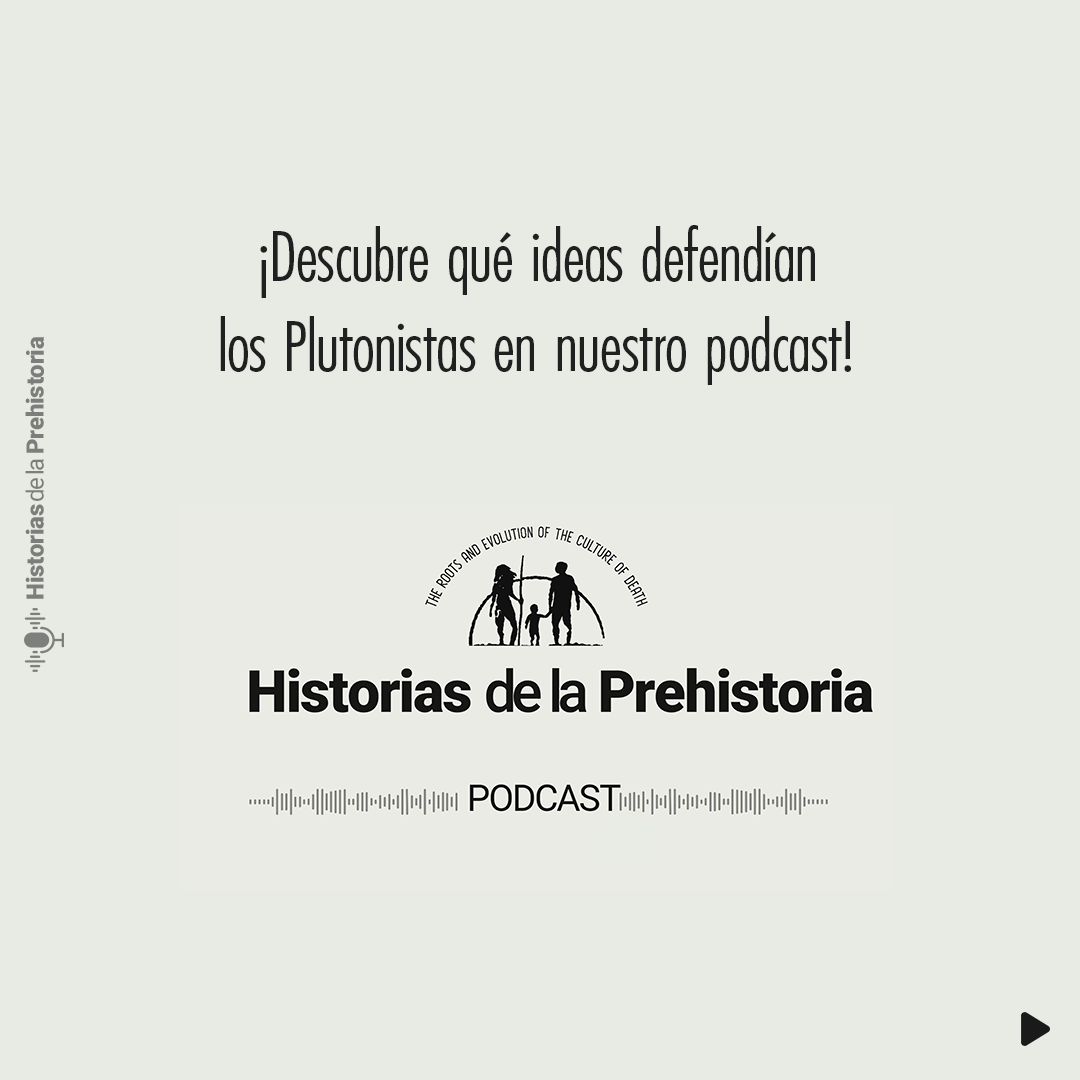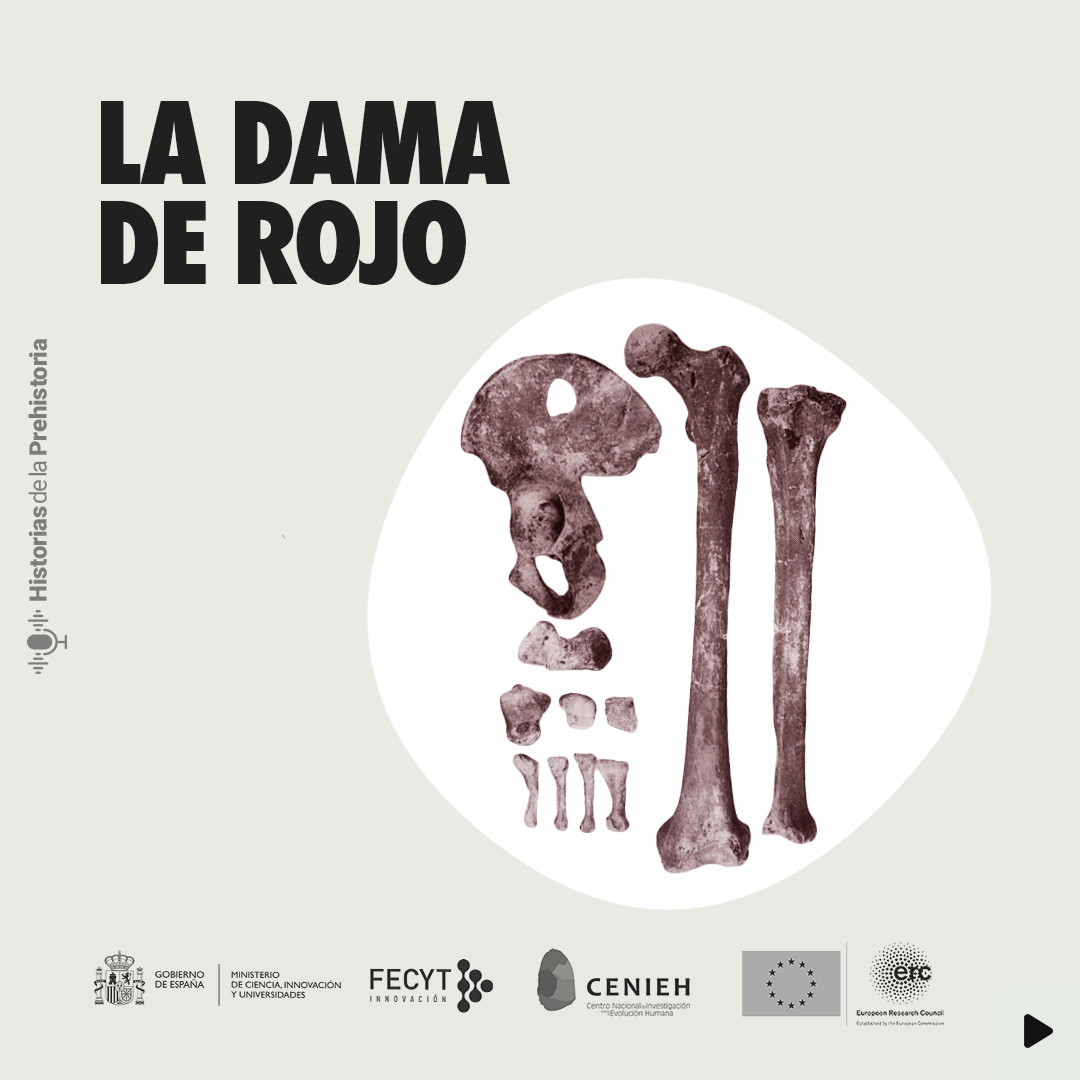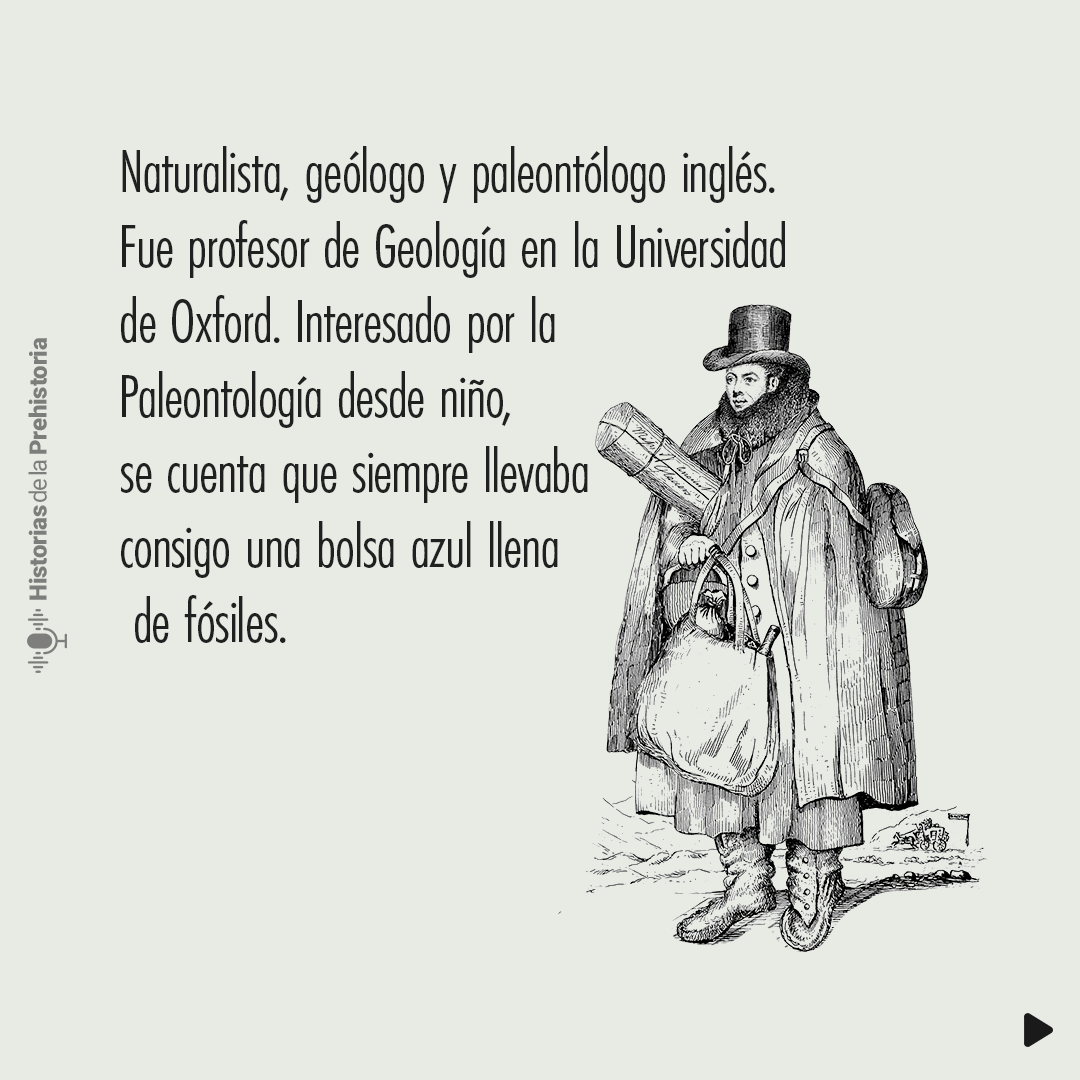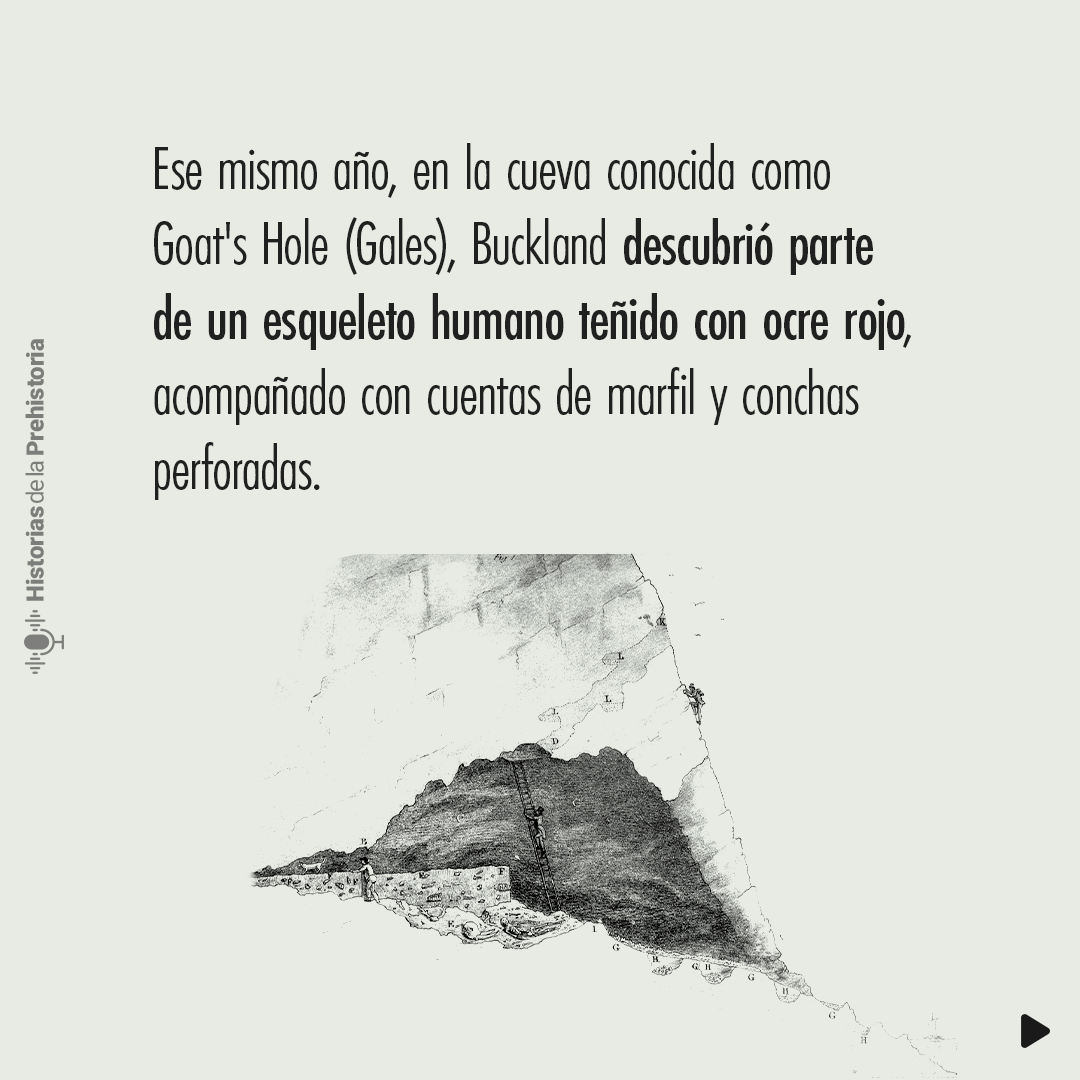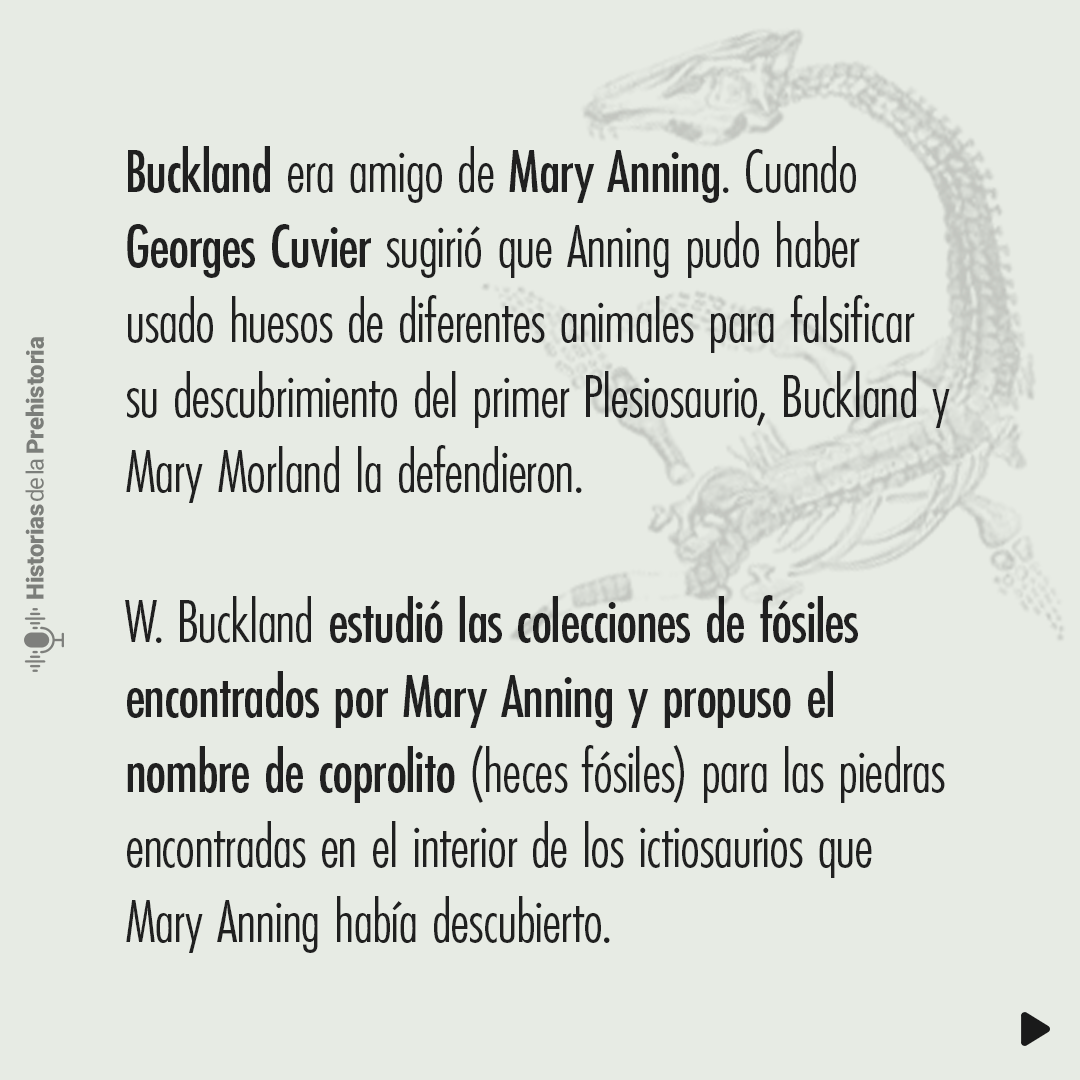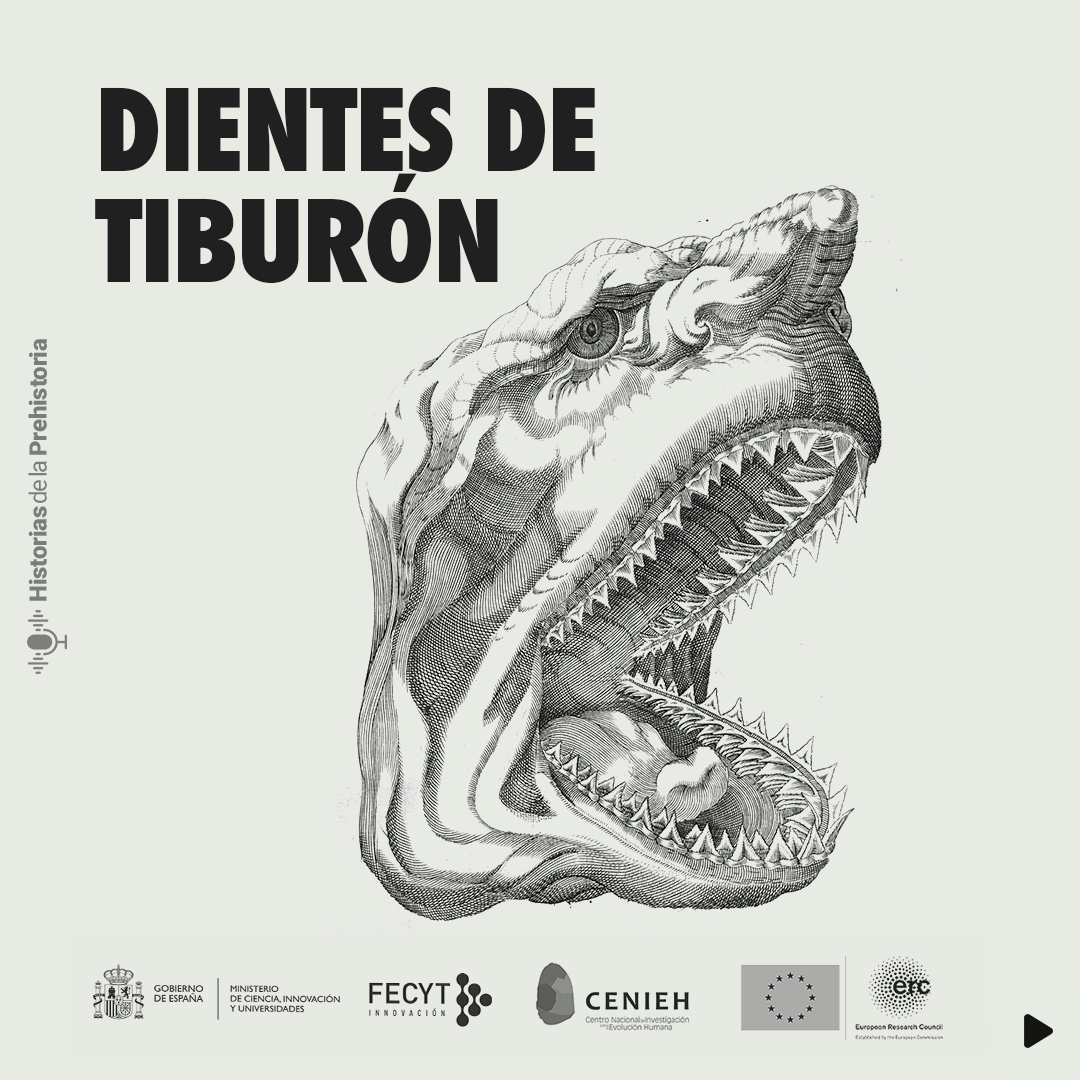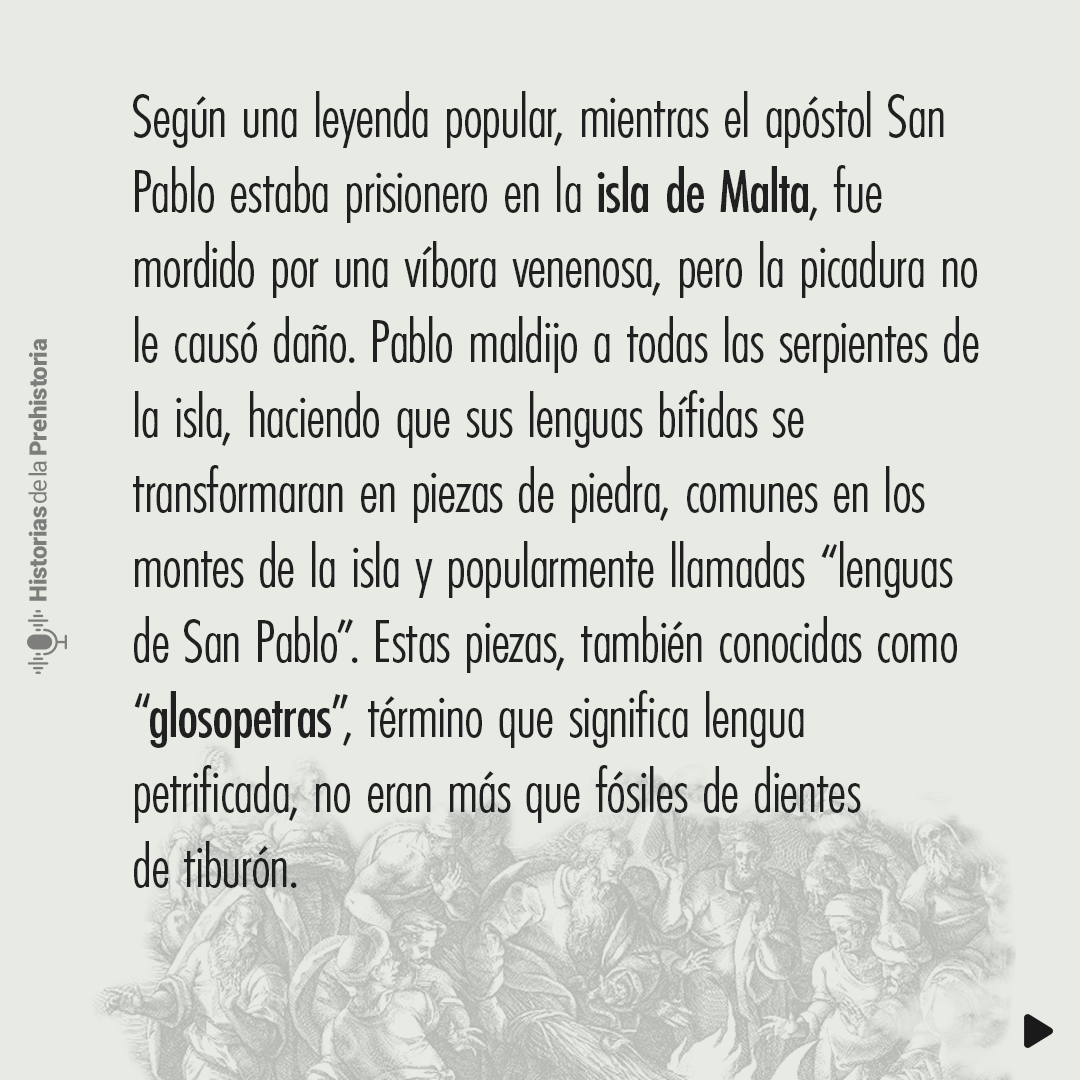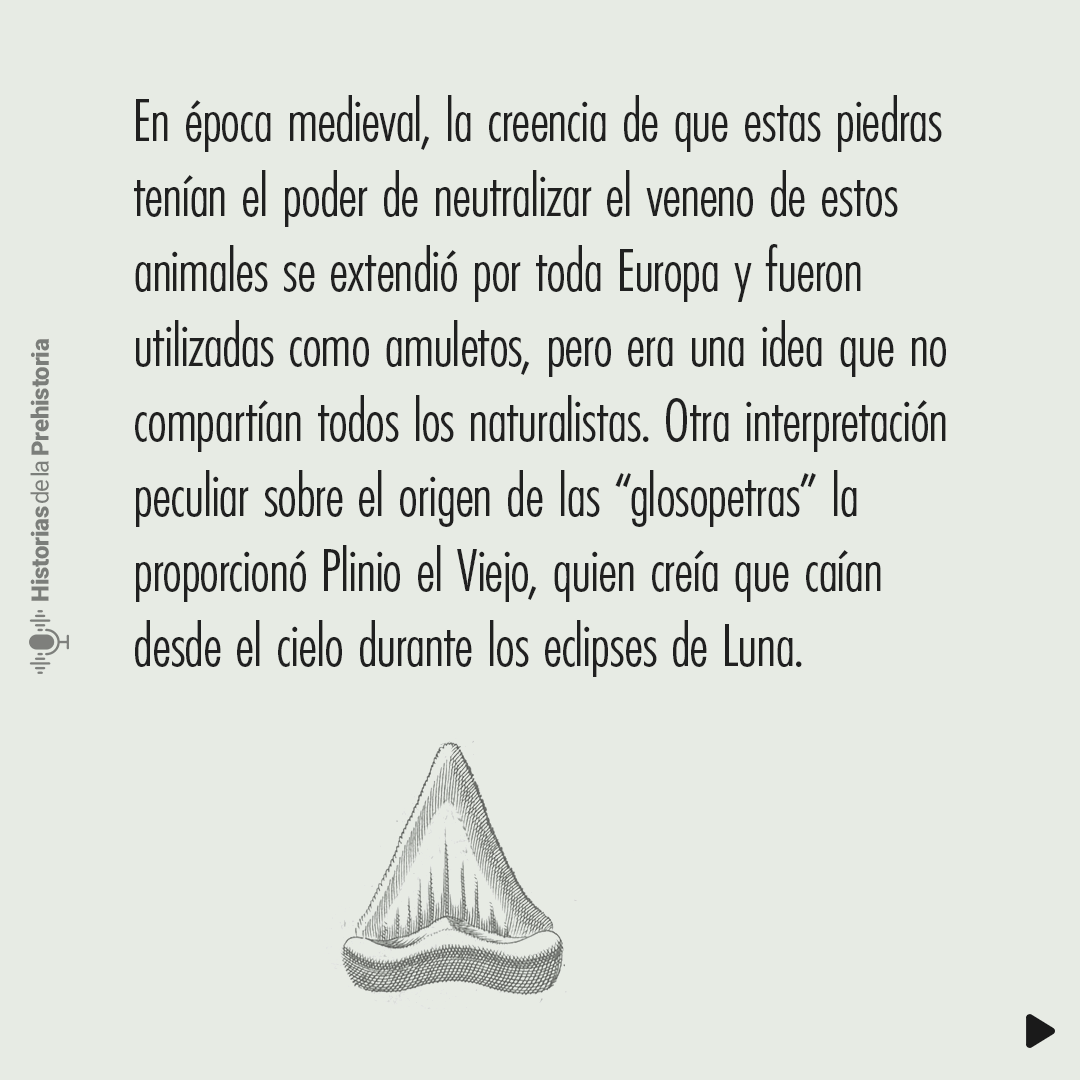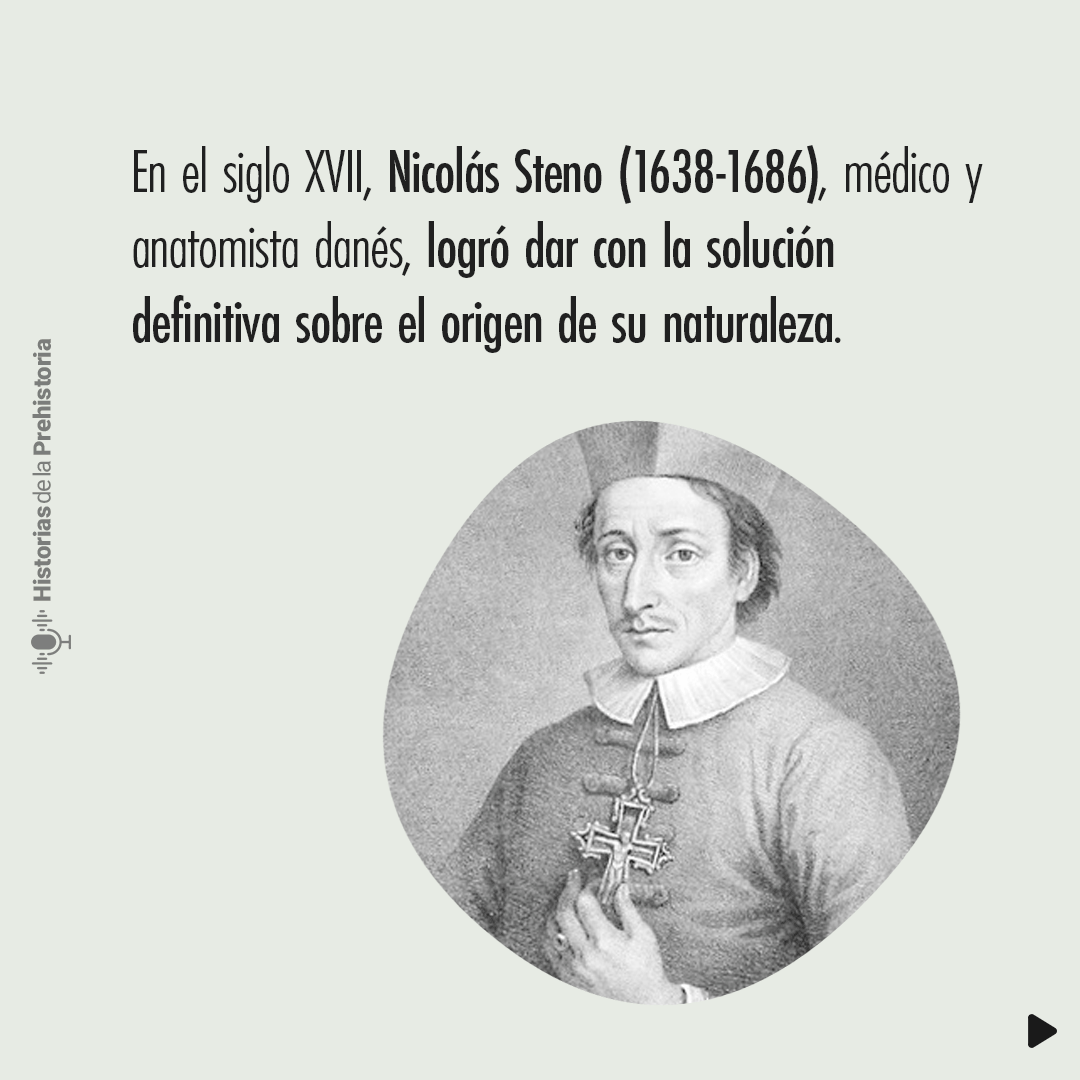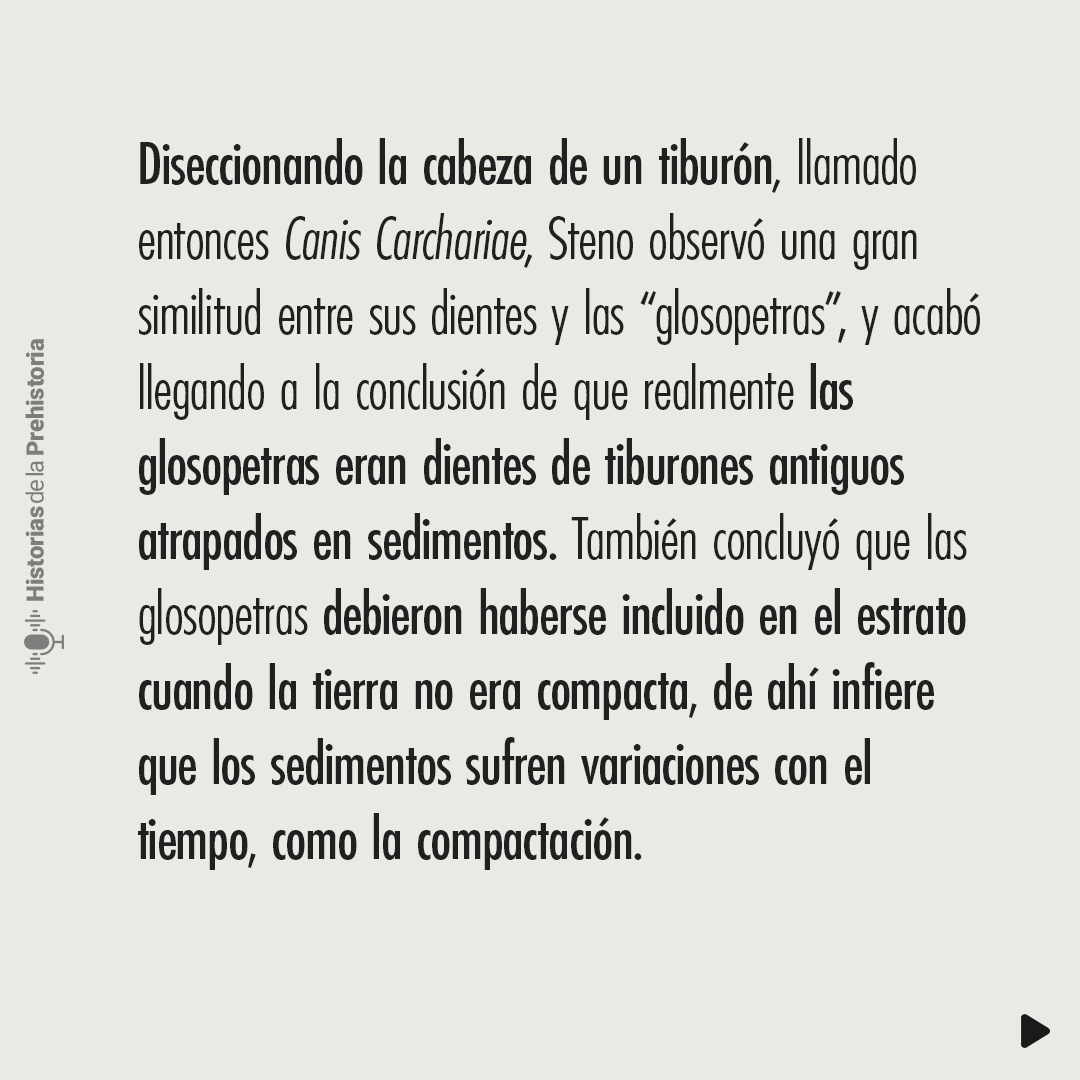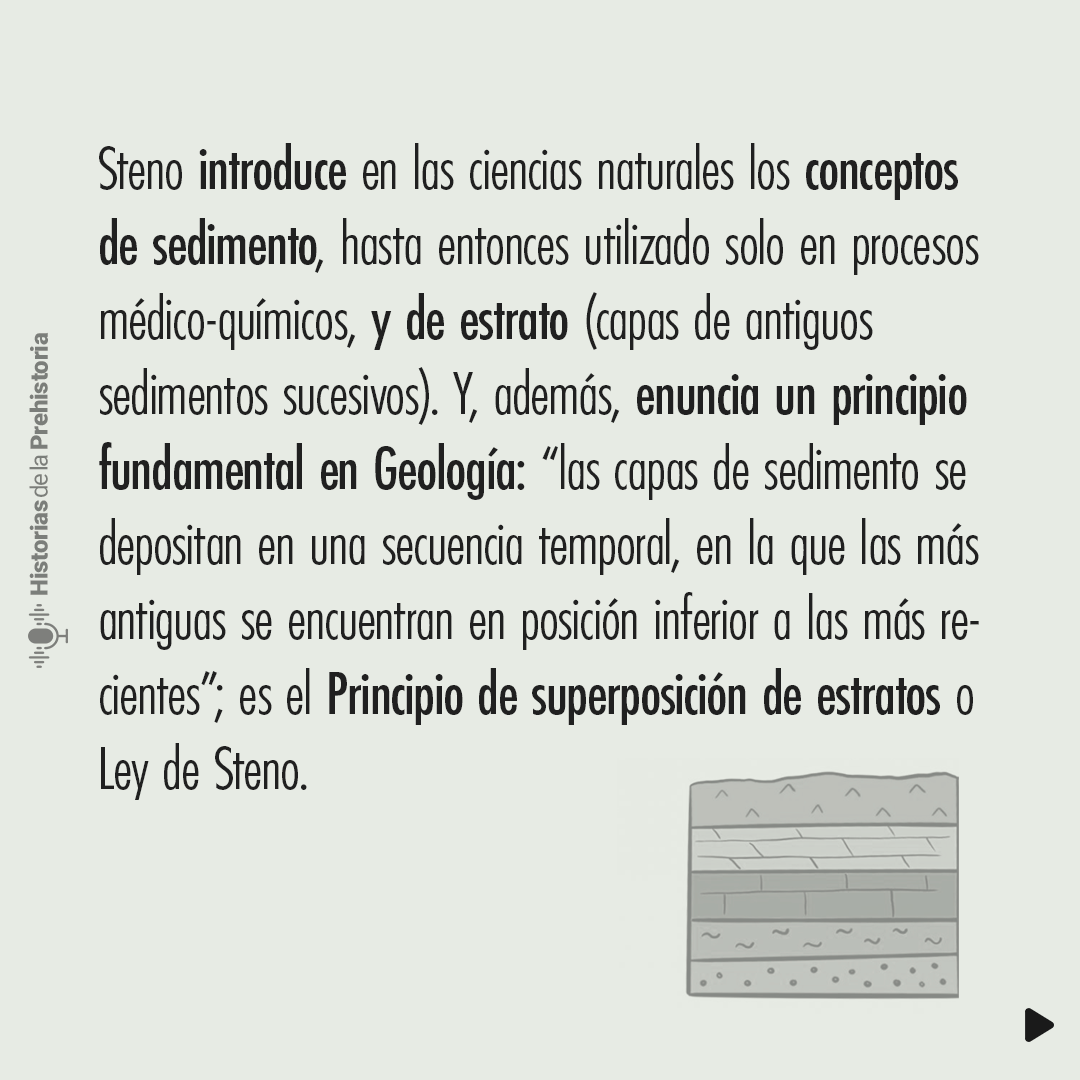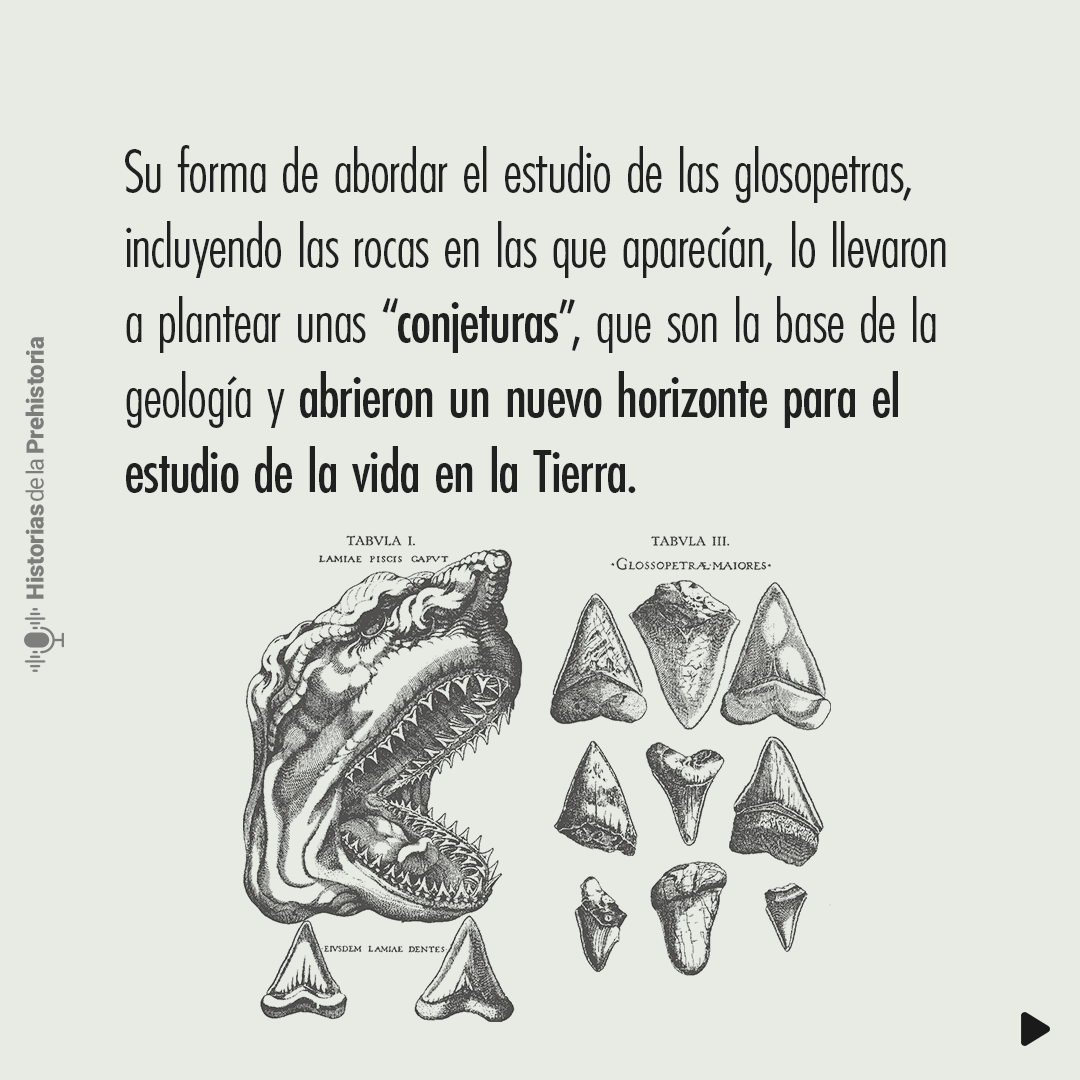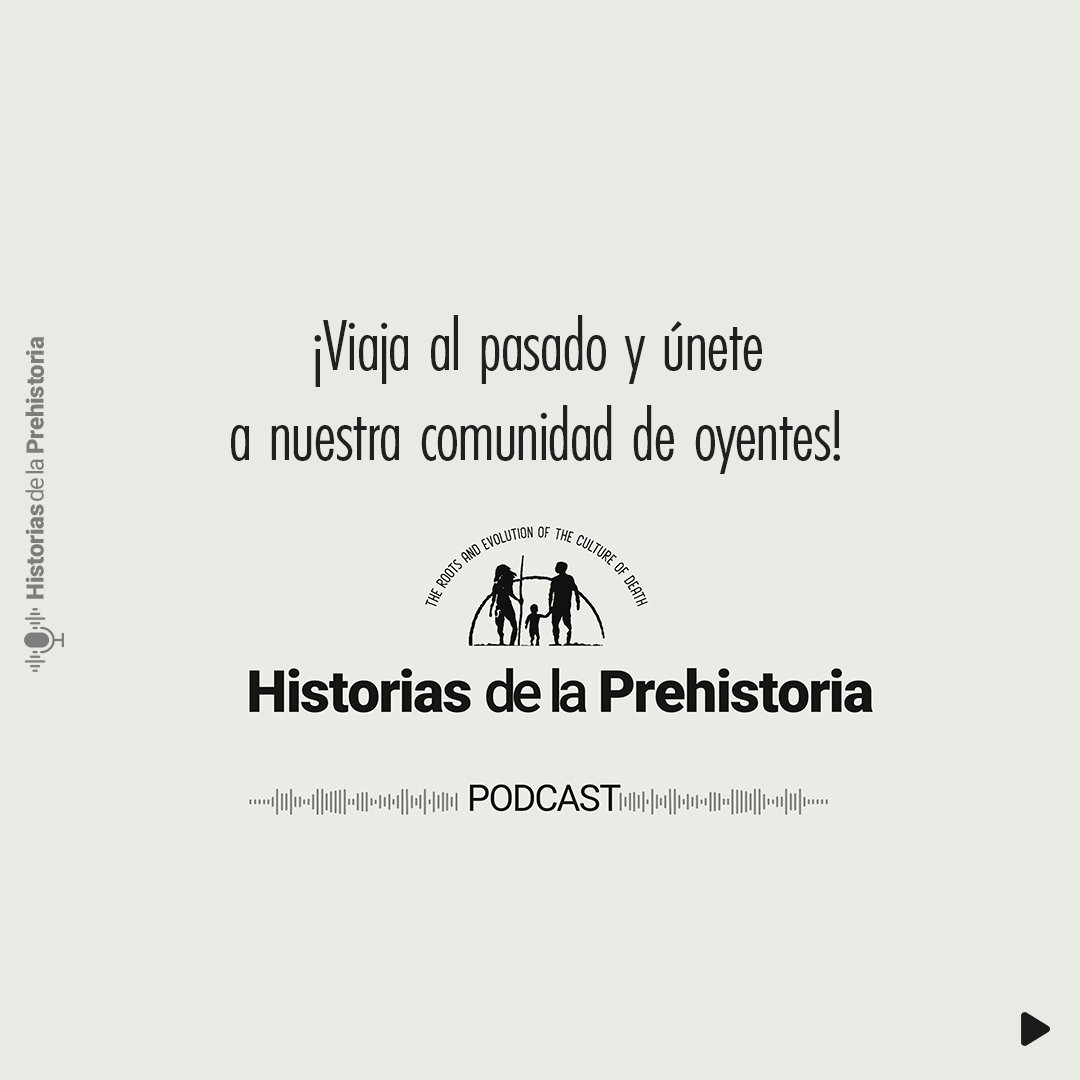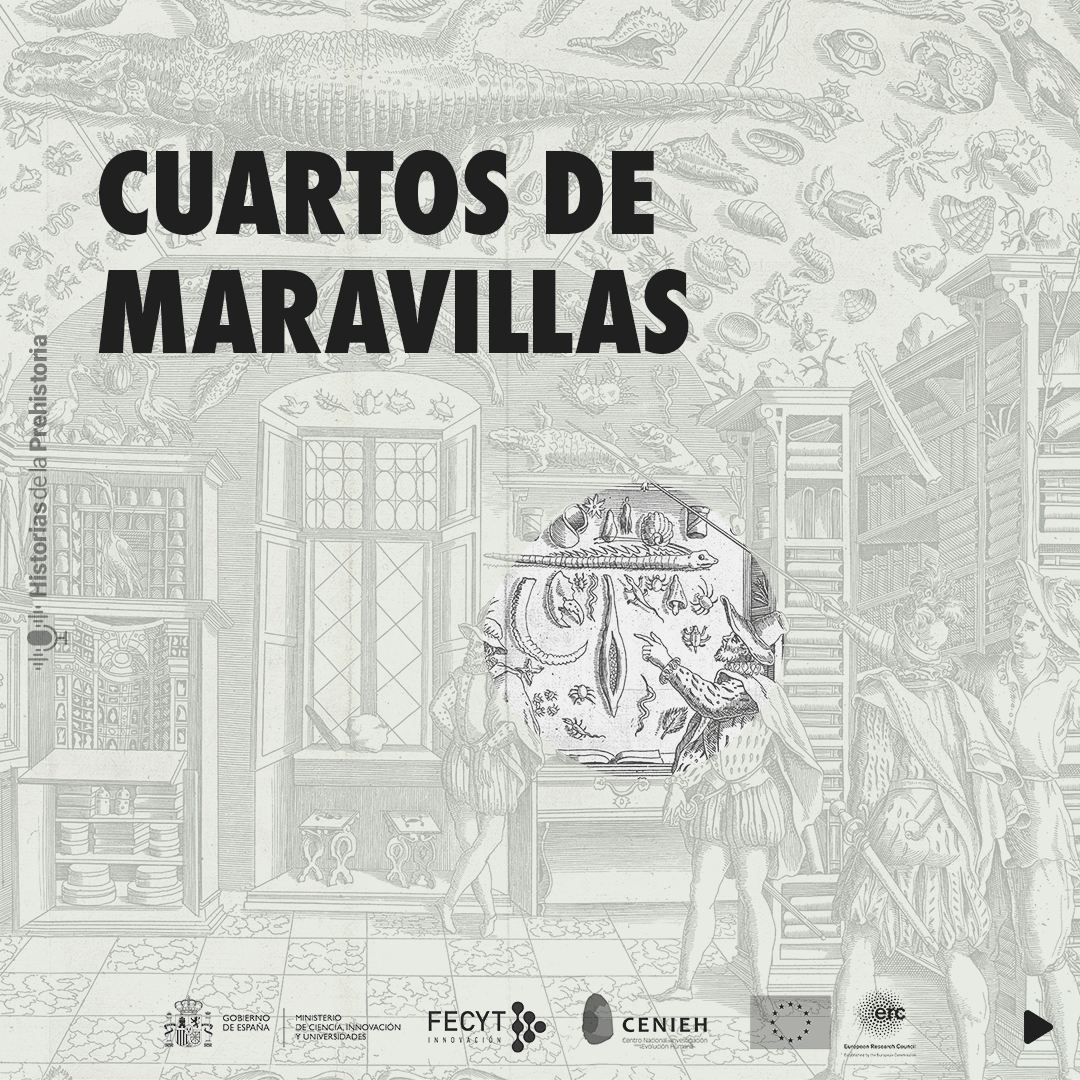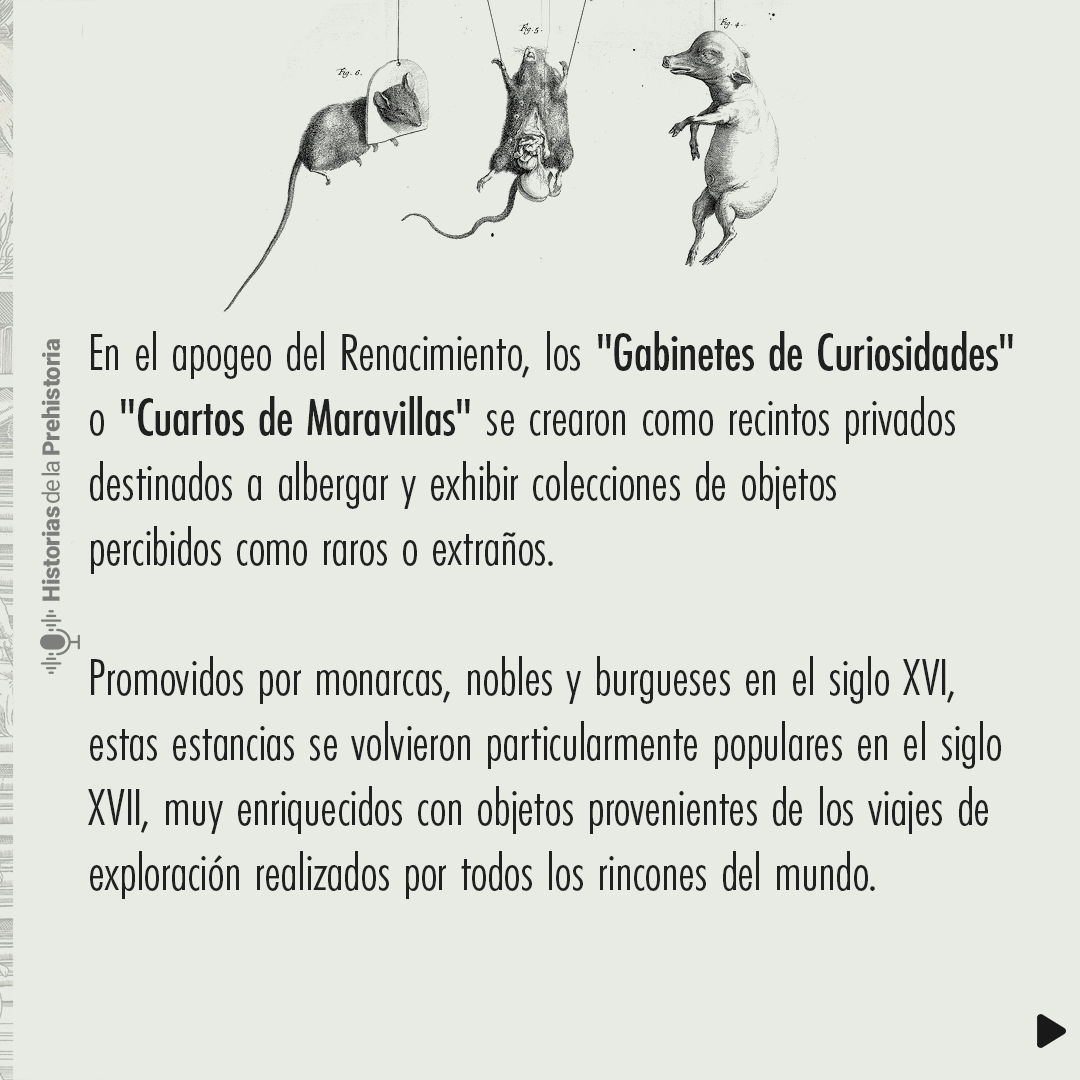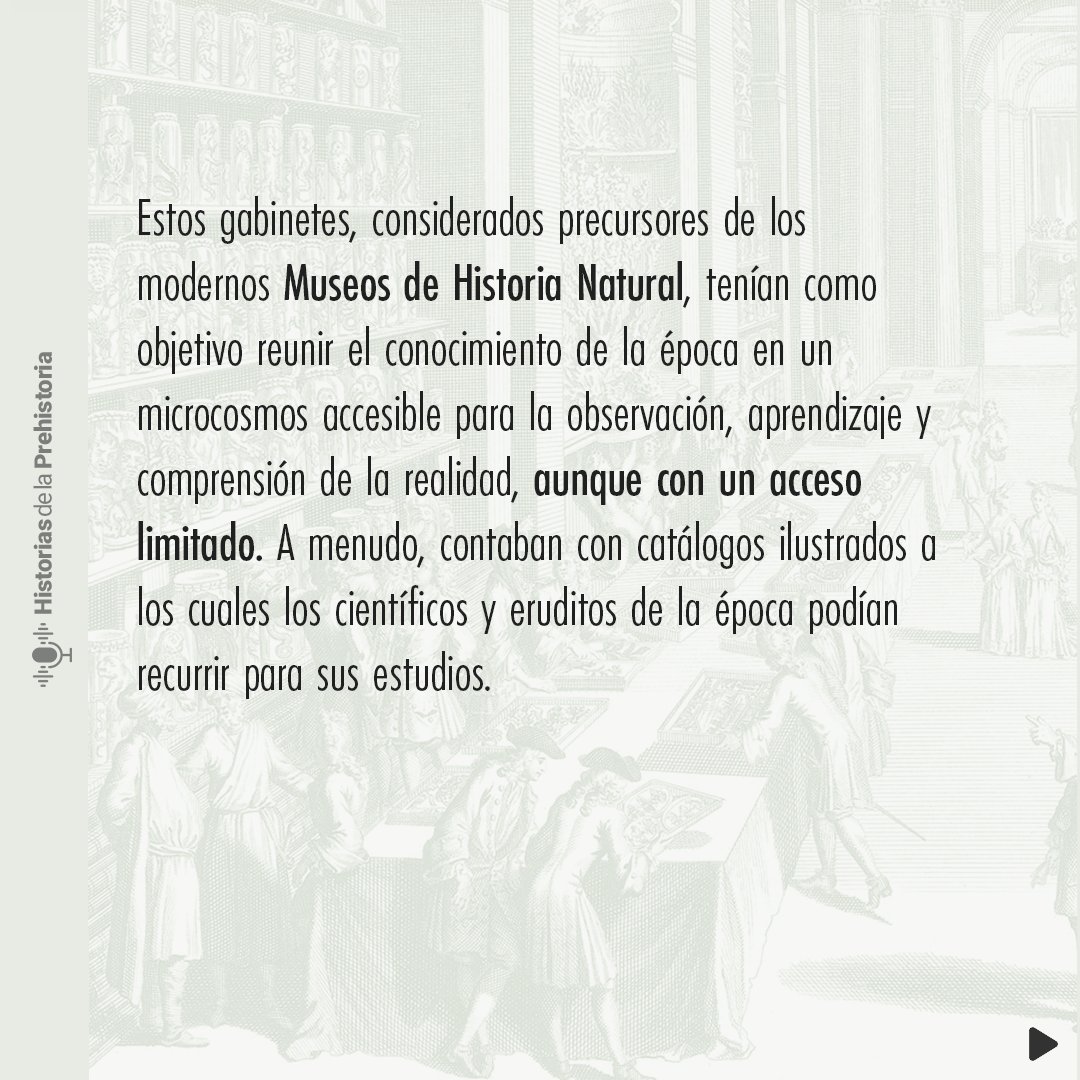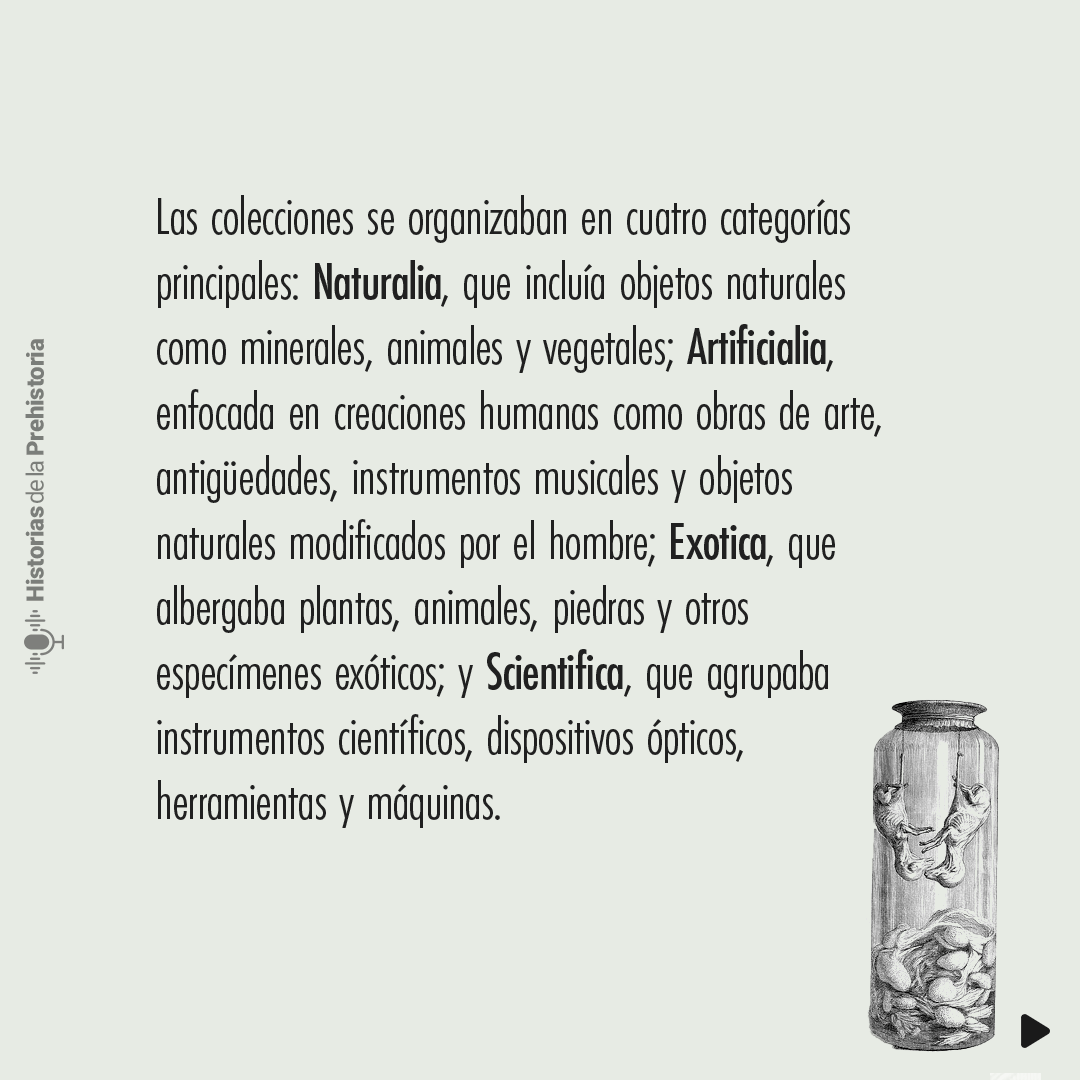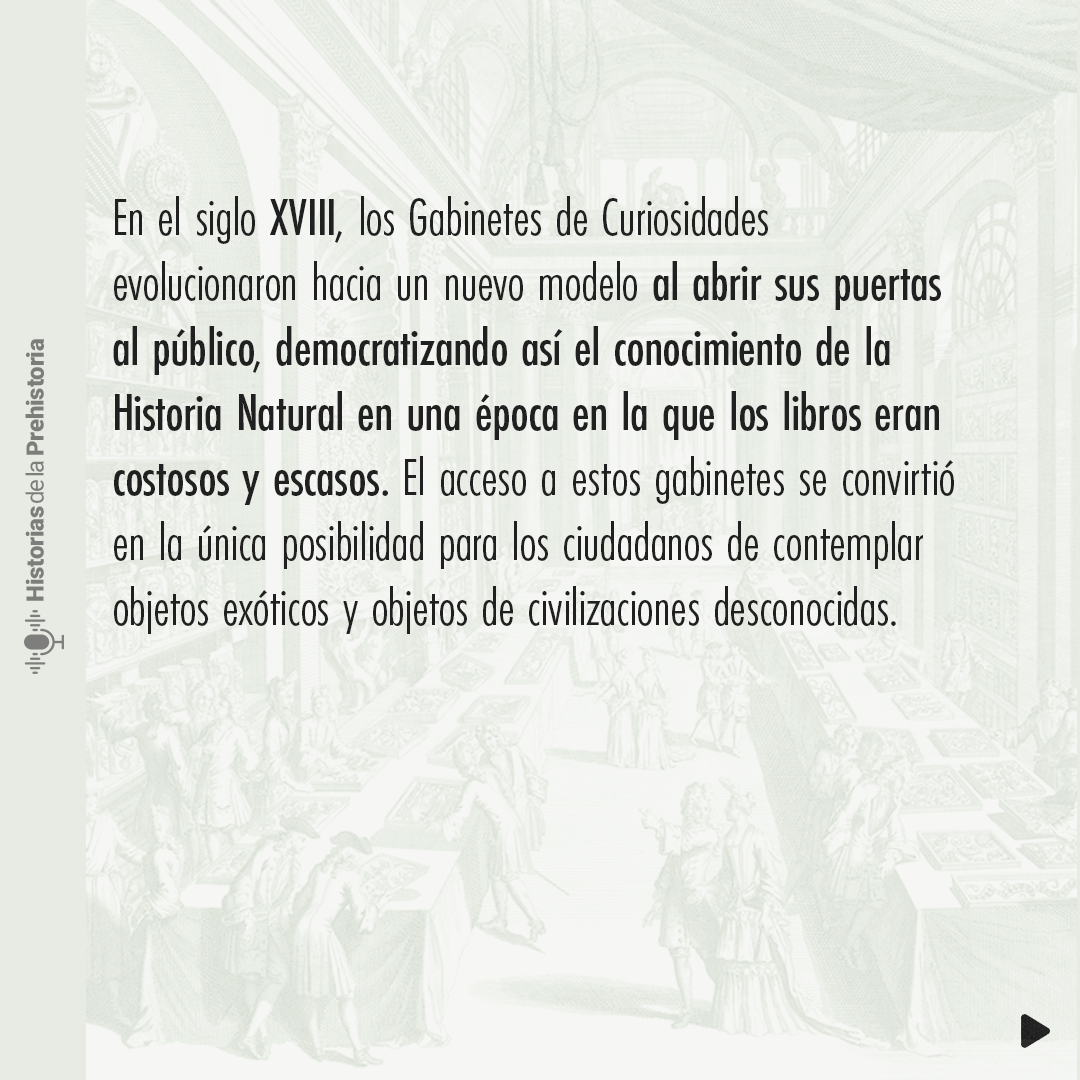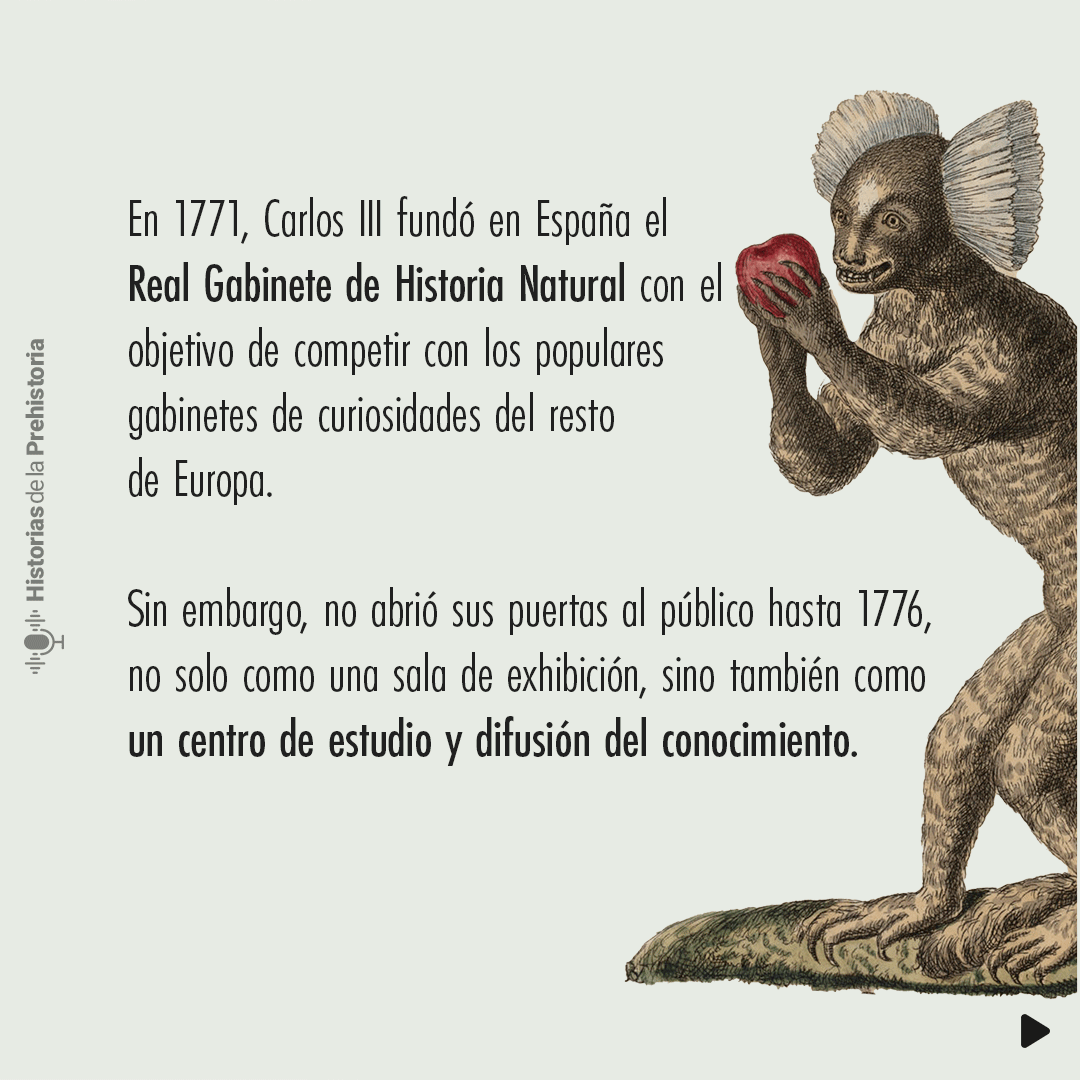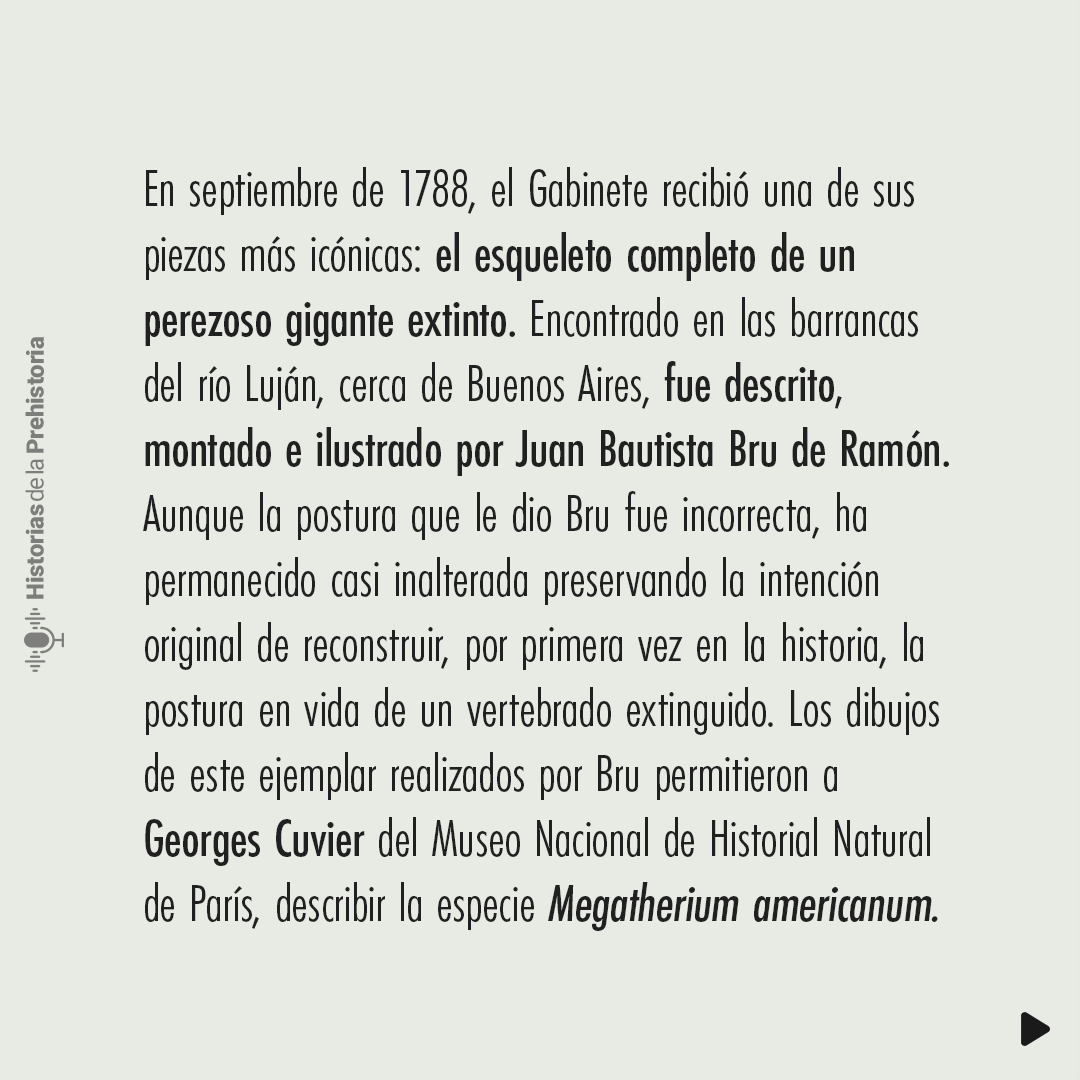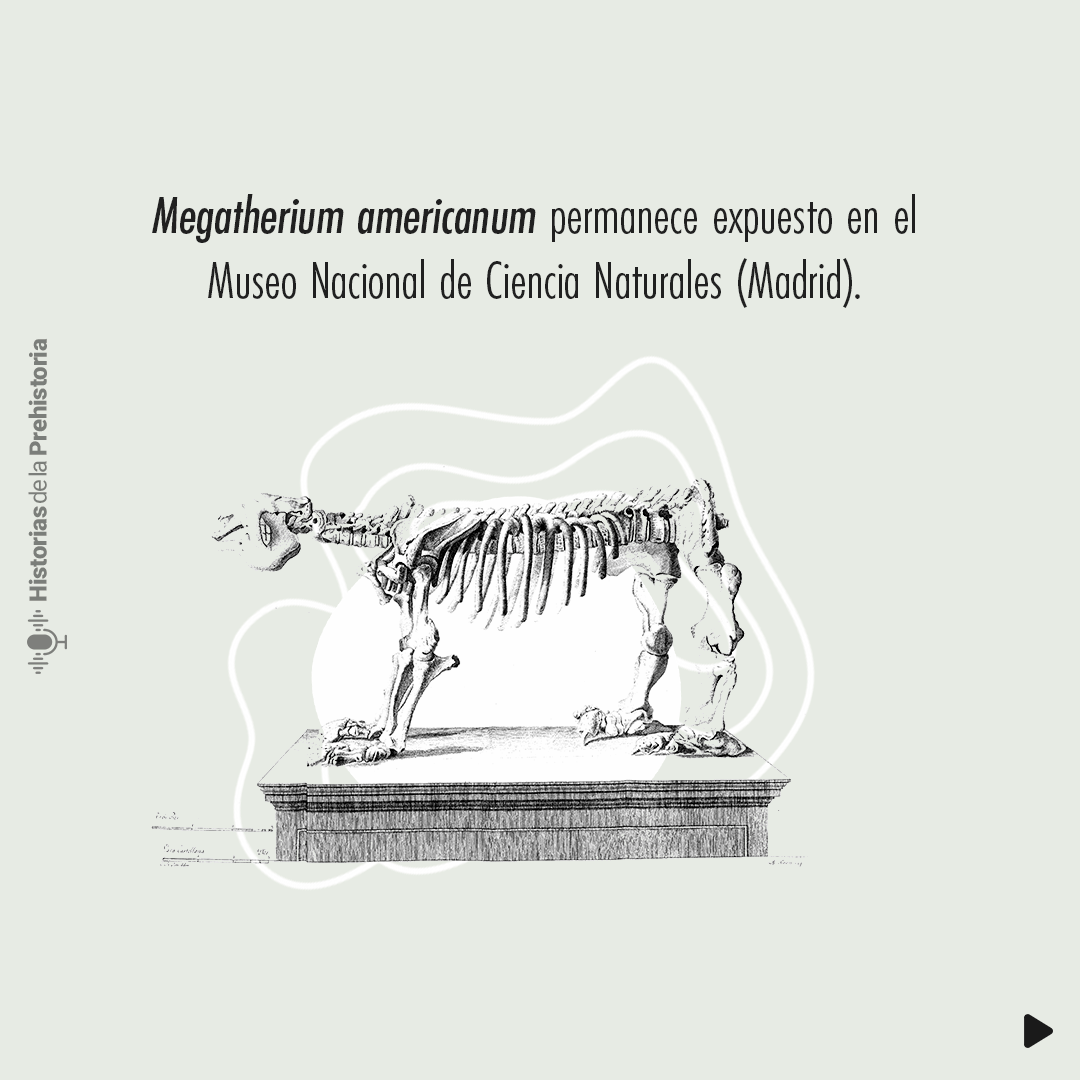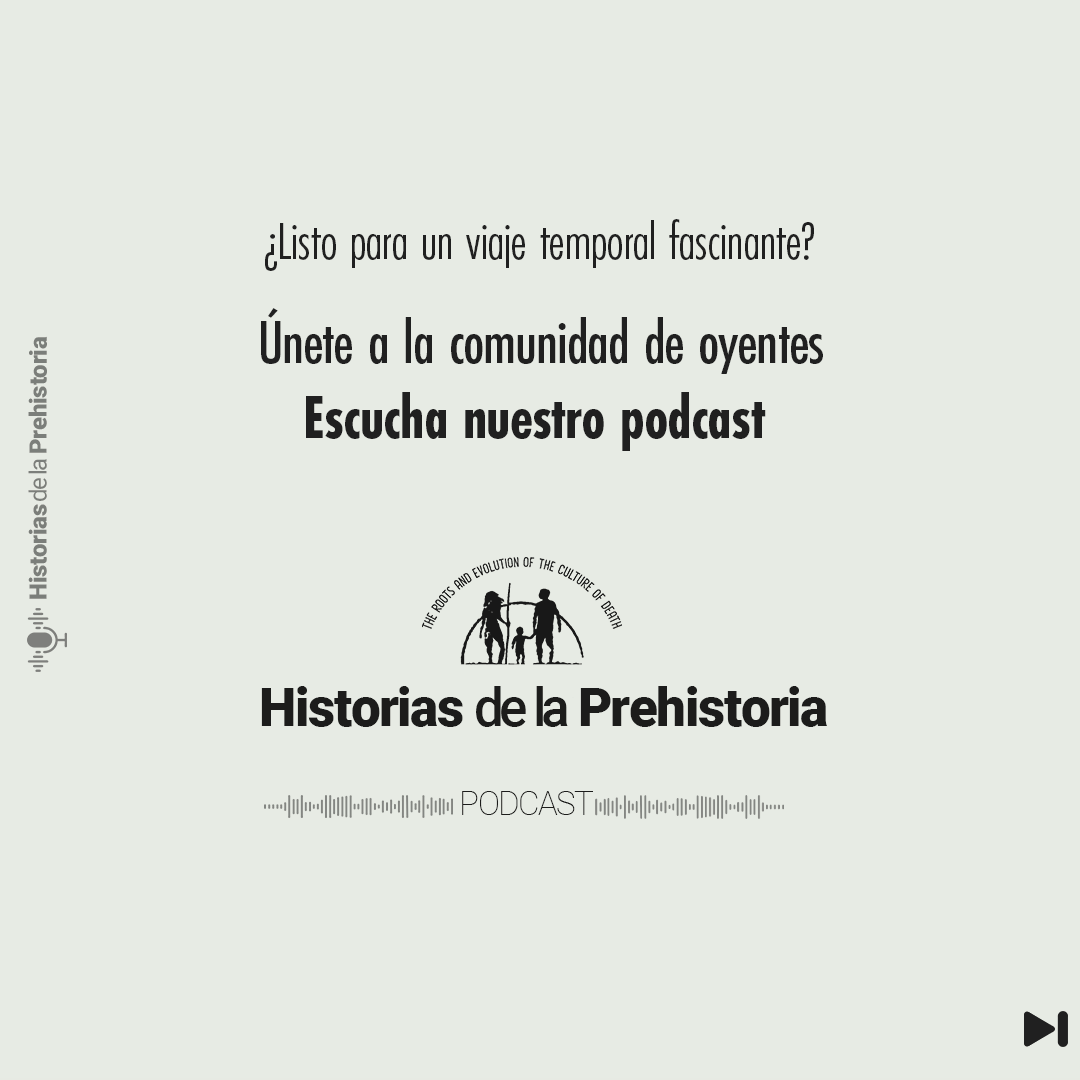THE MISSING LINK
Once the theory of evolution is accepted, some people start looking for the ancestor of humans. Listen to our podcast “Historias de la Prehistoria” on Spotify to find out more about this “missing link”.
IT CHANGED EVERYTHING: CHARLES DARWIN
At just 22 years old, Charles Darwin embarked on a transformative journey that lasted nearly five years and took him to explore remote corners of the world. During the voyage, Darwin not only collected samples of native fauna and flora but also made crucial observations that would later inspire his theory of evolution. Along the Argentine coast, he unearthed fossils of extinct creatures such as the megatherium and the glyptodon, which led him to question the predominant theories of his time. Furthermore, his observations on the differences between species of rheas intrigued him and led him to reflect on the relationship between species and their environment. His courage and curiosity led him to explore still unknown regions, such as the Santa Cruz River and the channels of Tierra del Fuego, where he encountered cultures and landscapes that deeply impacted him.
During his stay on the Galápagos Islands, Darwin was fascinated by the diversity of species he found. He observed that tortoises, finches, and other creatures varied significantly from one island to another, sowing the seed of his idea about evolution and natural selection. These discoveries would play a crucial role in the subsequent development of his revolutionary theory.
Don’t miss out on the opportunity to learn about the origins of humanity: start listening to our podcast “Historias de la Prehistoria” today!
ROMAN COLUMN: CHARLES LYELL
Charles Lyell, considered the founder of modern geology, studied law at Oxford but, as he was passionate about the natural sciences, he also attended the lectures and field trips of geologist William Buckland.
Influenced by Hutton’s Theory of the Earth, he focused on actualism and was against catastrophism. In 1827 he decided to give up his law practice and devote himself entirely to geology. His idea was to publish a book with all the material he had been collecting. Finally, the book Principles of Geology was published in three volumes (1830, 1832 and 1833), was a success and became the most influential geological work of the 19th century. It laid the foundations of modern geology by establishing a system for studying the Earth’s geological past, based on the idea that the present is the key to the past. Its importance lies in the fact that it proposes a working method based on three principles: actualism, uniformitarianism and dynamic equilibrium. They could be summarised in that geological processes have always been the same and that slow but steady forces have a greater effect than fast and violent ones. Lyell respected Cuvier’s work, with whom he had a good relationship, although he strongly disagreed with his catastrophist theory.
He maintained a very good friendship with Darwin, whom he met in 1836, on his return from his voyage on the Beagle. He was very interested in the rock samples he had been collecting and in his articles on geology. They saw each other frequently, and later wrote to each other, to discuss scientific questions of interest to both of them. One of them was that of deep time, which each needed to fit their theories: uniformitarianism needed the Earth to be very old, and evolution too. For a time, the theory of evolution and natural selection were a source of disagreement between them. But in 1863 Lyell published “The Geological Evidence of the Antiquity of Man“, in which he accepted the theory of evolution with some reservations; the following year, in his second edition, he fully accepted it. And with his approval, the theory gained many followers.
If you are interested in geology, its different theories and, in general, the history of prehistory, we encourage you to listen to our podcast!
ORGANIZATION IN NATURE: CARL VON LINNEO
Have you ever wondered why scientists need to classify living organisms and who laid the foundation for the classification of living beings as we know it today?
In the third episode of our podcast “Historias de la Prehistoria” and in this new post, we talk about Carl von Linneo and the importance of his work in the organization of living beings.
Join our community and share your passion for the history of prehistory!
FOSSIL GUIDE: WILLIAM SMITH
Have you had the chance to listen to our podcast “Historias de la Prehistoria“?
If so, don´t miss the third episode which will be coming out tomorrow! Meanwhile, we invite you to go one step further and dive into the fascinating details of William Smith’s scientific contributions to geology.
If you have not been able to listen to it yet, don’t wait any longer and join the adventure. Find us on Spotify or keep reading this blog to discover more about William Smith and other exciting topics.
THE FIRST STONE: JAMES HUTTON
Which was the first stone? It might be the typical question of a curious child, but it is a question that changed 18th century ideas and our understanding of the world.
For the Neptunists, the answer was granite. They considered it to be the oldest stone, the first stone of creation.
However, James Hutton challenged this notion. Not only did he refute the idea of granite as the primordial stone, but he also found in rocks a window into the past. Observing rocky landscapes, he realised that the Earth had an ancient and dynamic history, where “we find no vestige of a beginning, no prospect of an end”.
How did he do it? What secrets do the rocks hold that led him to this revelation? Keep reading or listening to our podcast “Historias de la Prehistoria” to find our more!
NEPTUNIST - PLUTONIST
Are you one of those who, as a child, came back from a field day full of “treasures”? Collections of rocks with strange shapes or eye-catching colors have been our travel companions on more than one occasion. Have you ever stopped to think about the origin of these rocks?
This question has indeed been a fundamental question throughout the history of science. Rocks contain information about our planet. In fact, space missions to Mars or the Moon study rock samples to understand more about the universe.
These “treasures” of our childhood not only keep emotional memories, each of these rocks holds its own history. Throughout time, there have been several theories that have tried to answer the question of the origin of the rocks.
Listen to our podcast “Historias de la Prehistoria” on Spotify to find out more!
THE RED LADY: WILLIAM BUCKLAND
William Buckland was an exceptional pioneer in the world of palaeontology. Did you know that he was the first to discover a Palaeolithic burial site and to describe the fossil remains of a dinosaur? Incredible! Buckland was fortunate enough to study both human and dinosaur fossils, an extraordinary combination for his time.
Would you like to know more about these exciting discoveries and how they impacted our understanding of prehistory? Join us on this journey into the past! Listen to our podcast “Historias de la Prehistoria” in Spotify.
SHARK TEETH: NICOLAS STENO
You have probably seen a necklace with the fossil tooth of a shark or a domestic collection of small treasures with this type of objects. The fascination for these curious fossils dates back to ancient times, but at that time, their origin was unknown. They used to be attributed magical or supernatural powers and there were different legends and hypotheses that speculated about their origin. Did you know that they played a crucial role in the history of geology?
When Nicolas Steno revealed the mystery of its origin by analysing the head of a shark, he revolutionised what was previously known about the history of the earth. Why, you may ask? In this post we tell you the details.
If you want to keep exploring the exciting world of prehistory with us, you can listen to our podcast “Historias de la Prehistoria“on Spotify.
WONDER-ROOMS OR CABINETS OF CURIOSITIES
In the Renaissance, royalty, nobles and middle class created these “wonder-rooms” to treasure extraordinary objects. In the 18th century, these spaces were opened to the public, democratising the knowledge of natural history at a period when not everyone had access to such knowledge. In 1788 the skeleton of Megatherium americanum, an extinct giant sloth, arrived at the National Museum of Natural Sciences (Madrid).
Discover Historias de la Prehistoria with us on Spotify.
